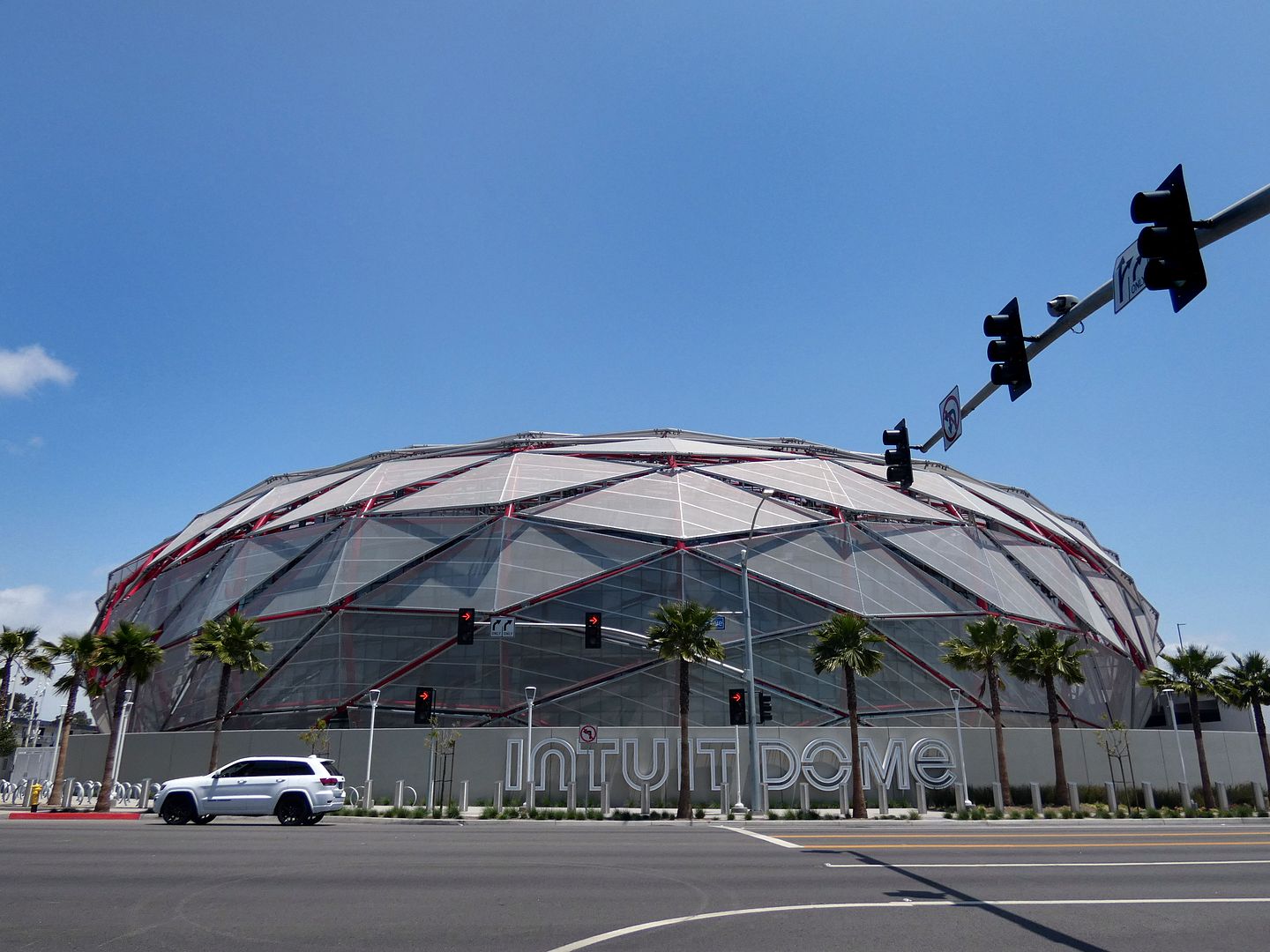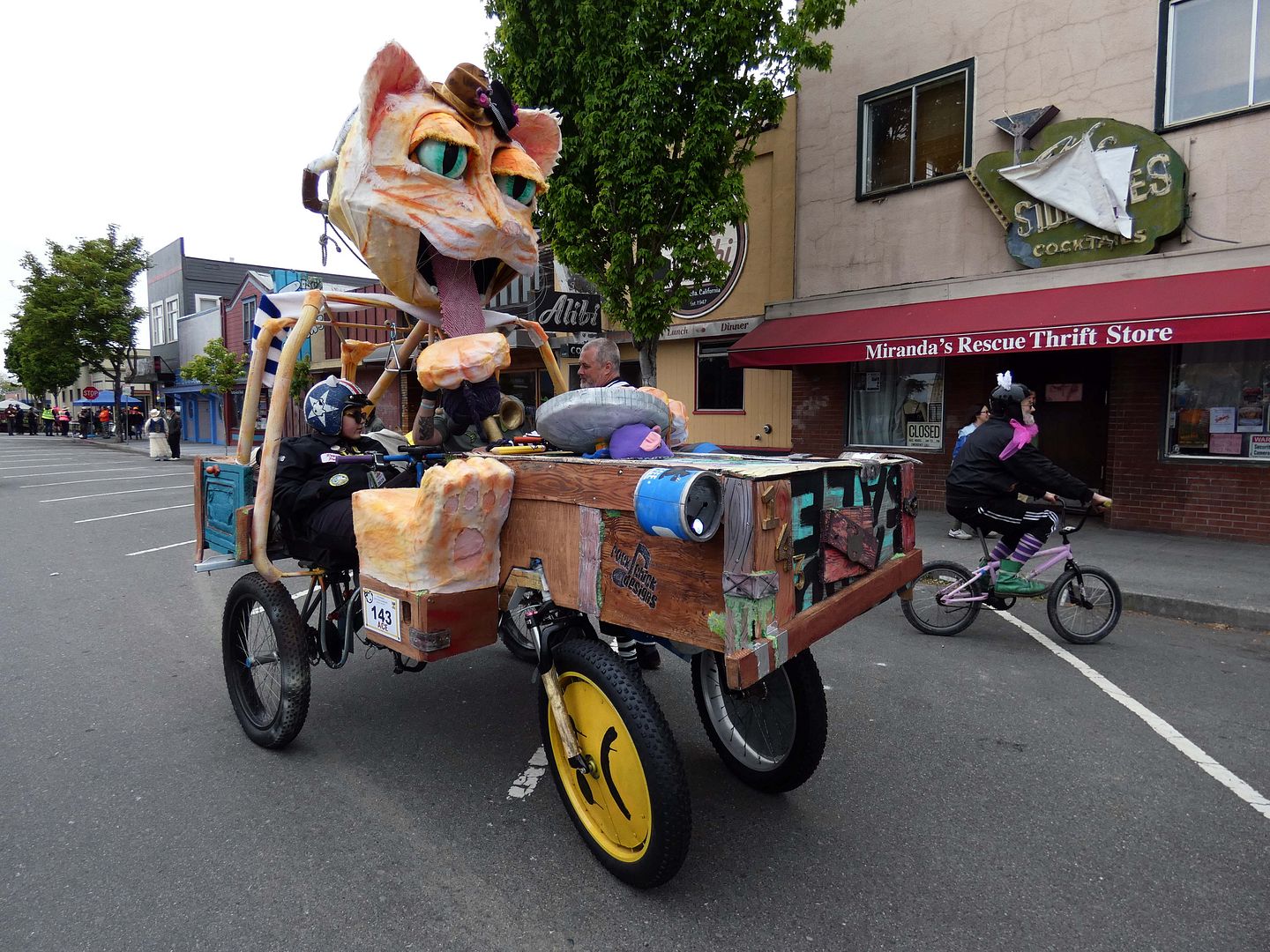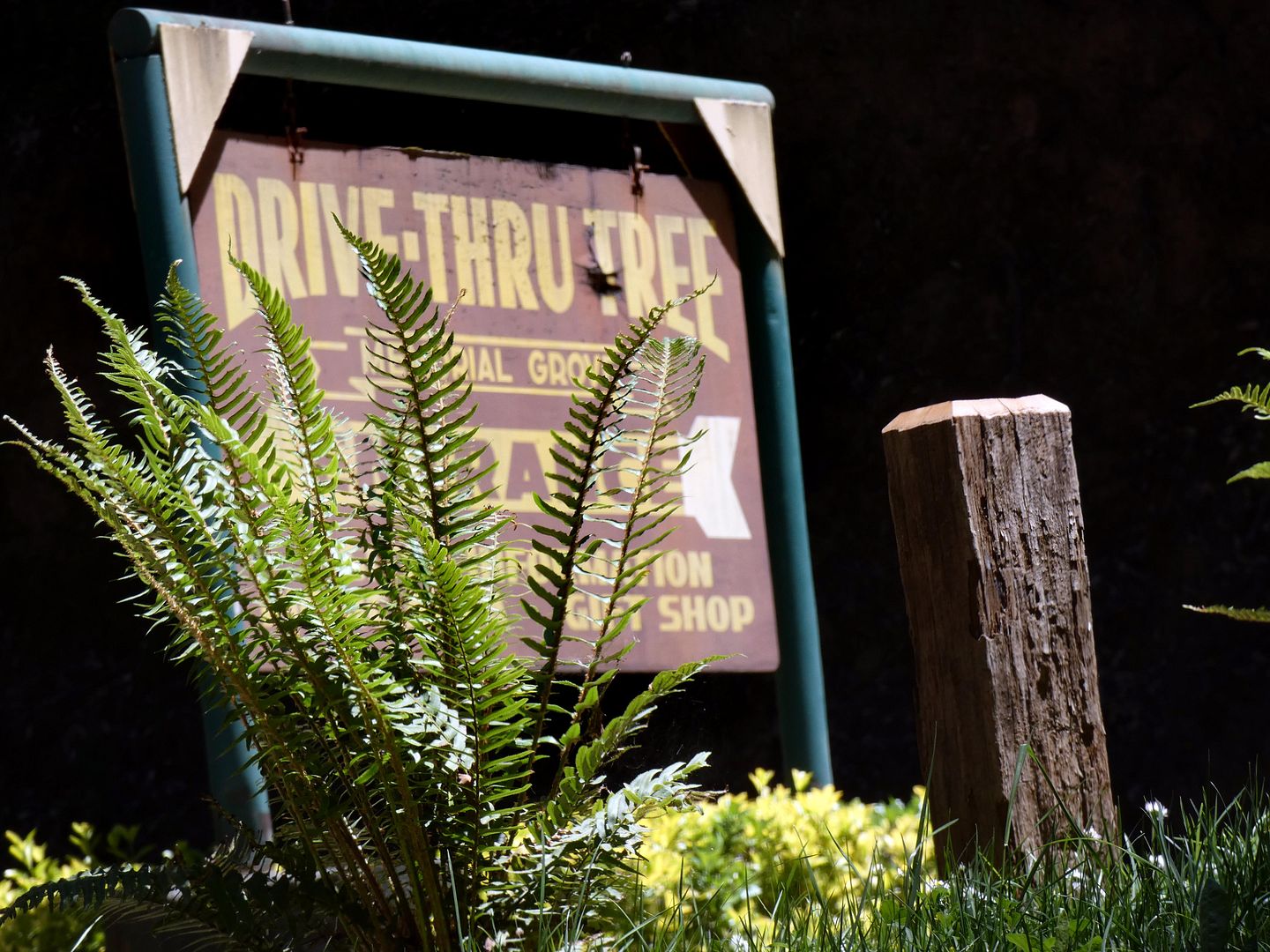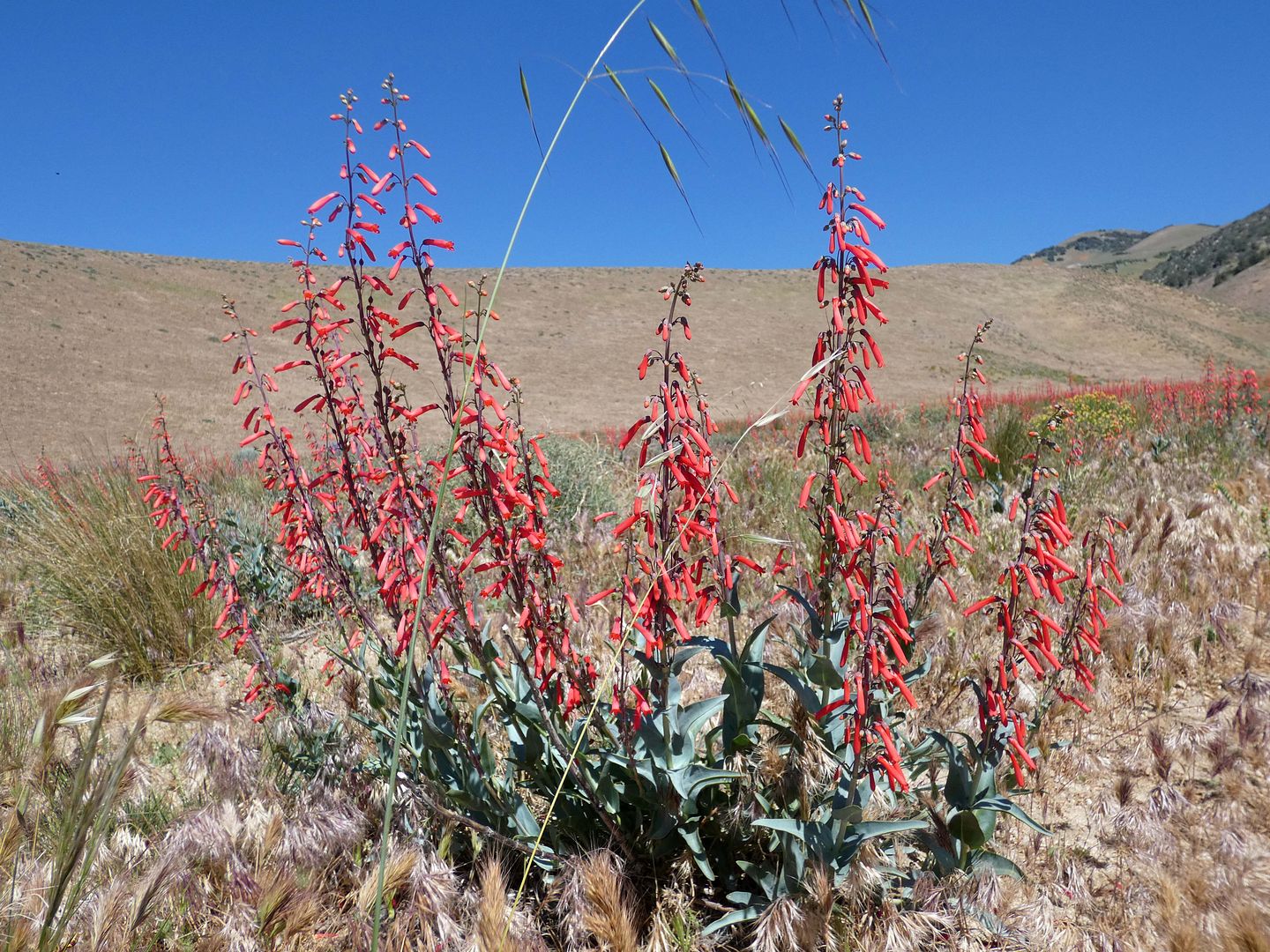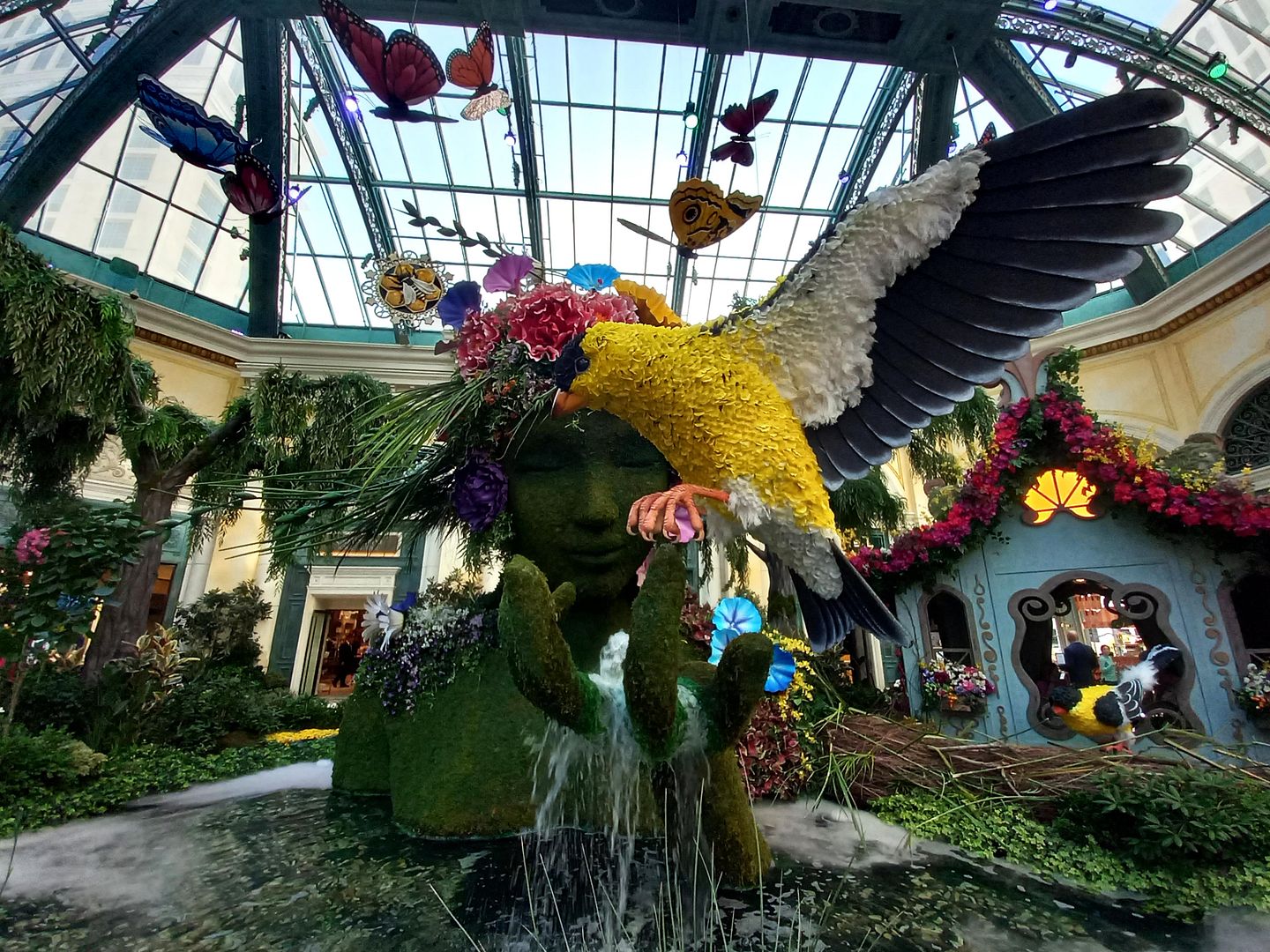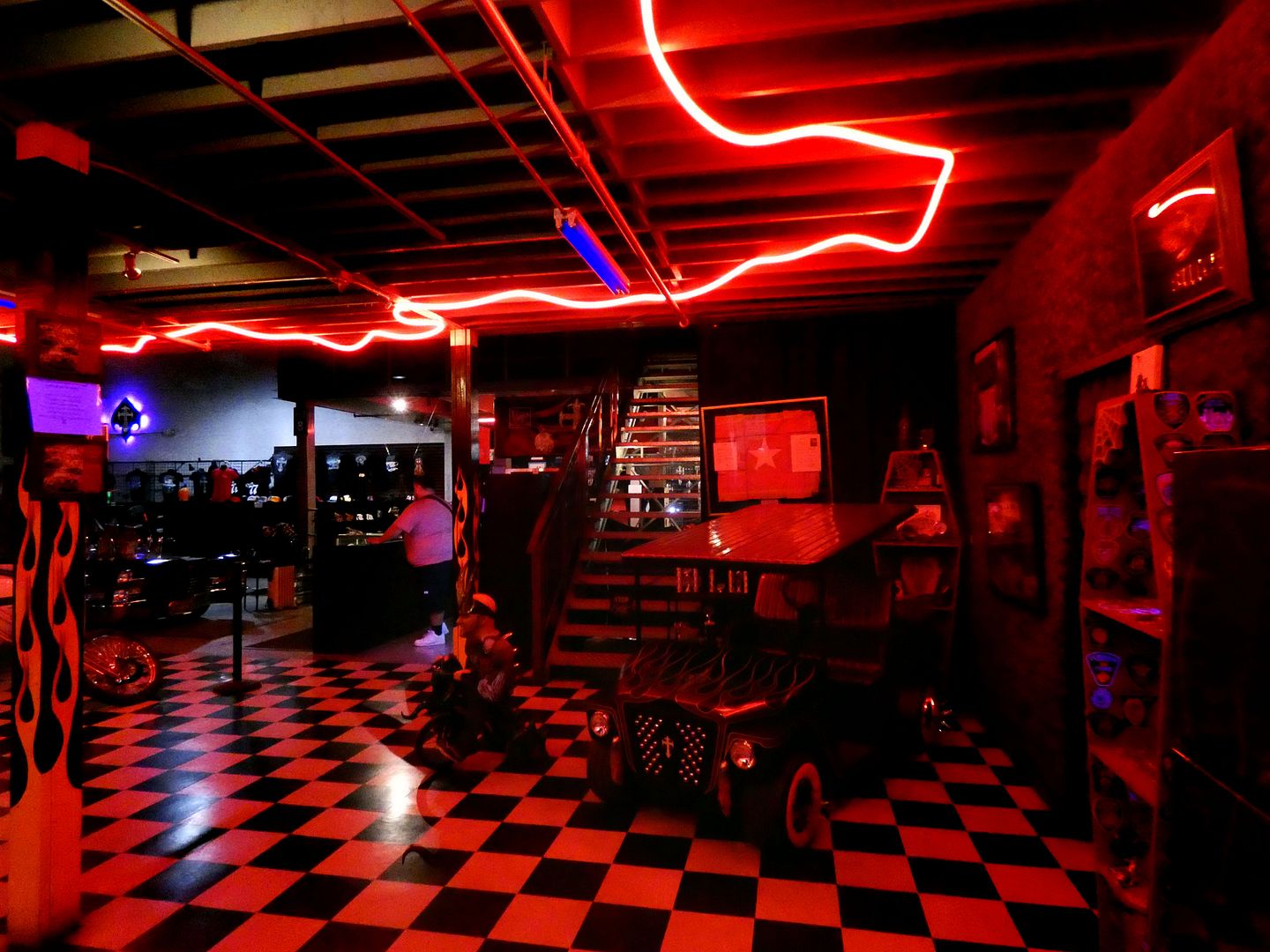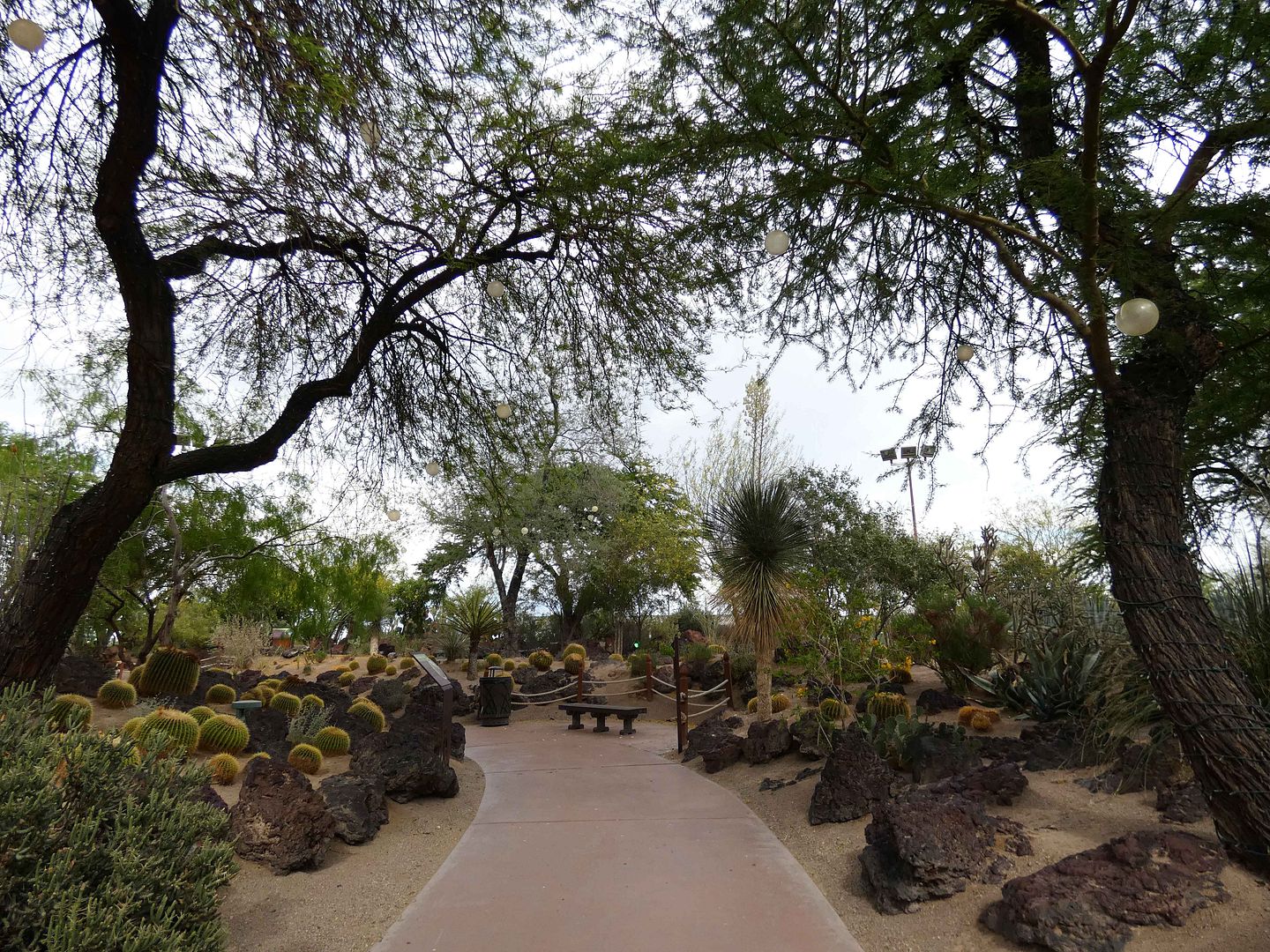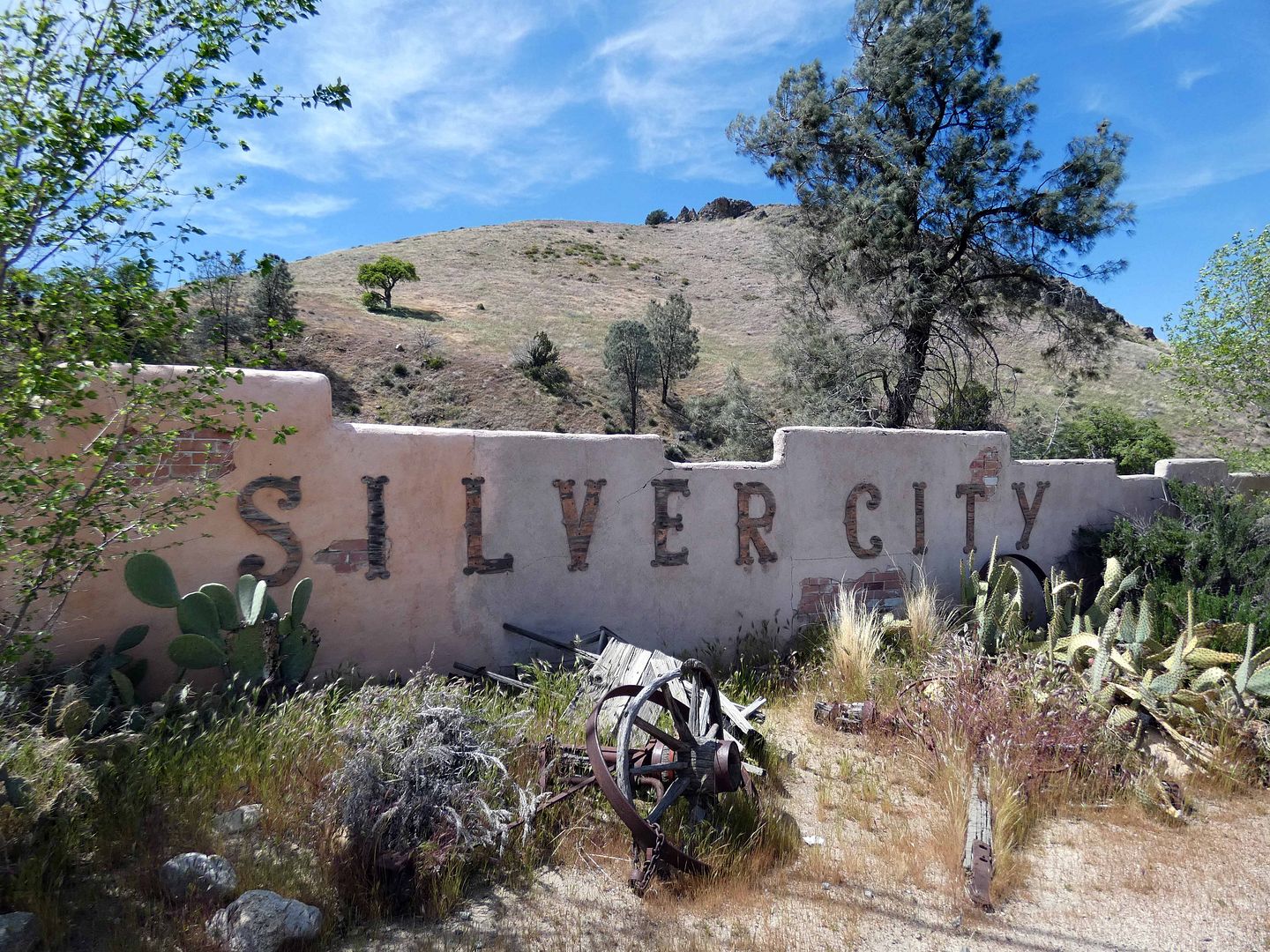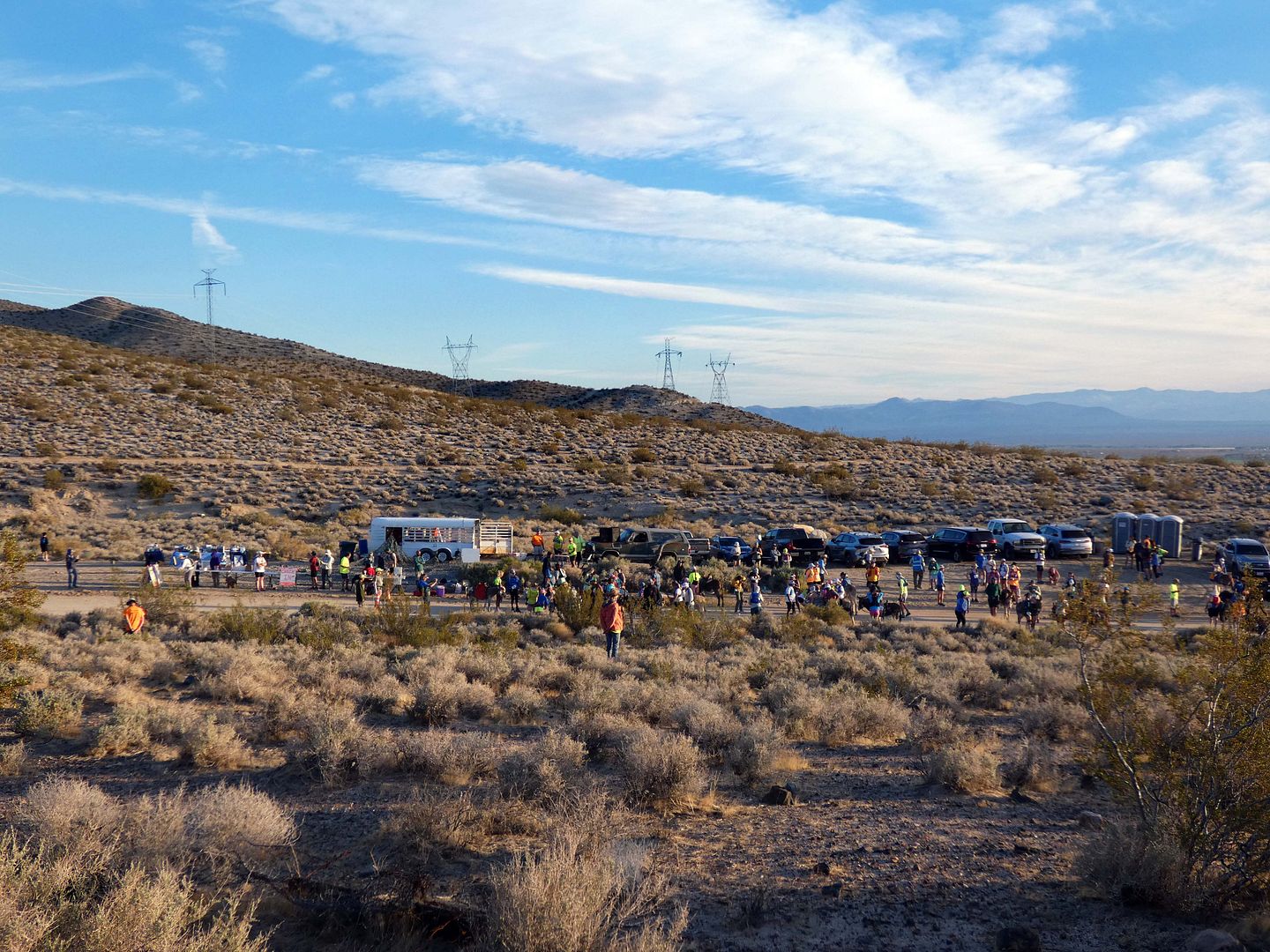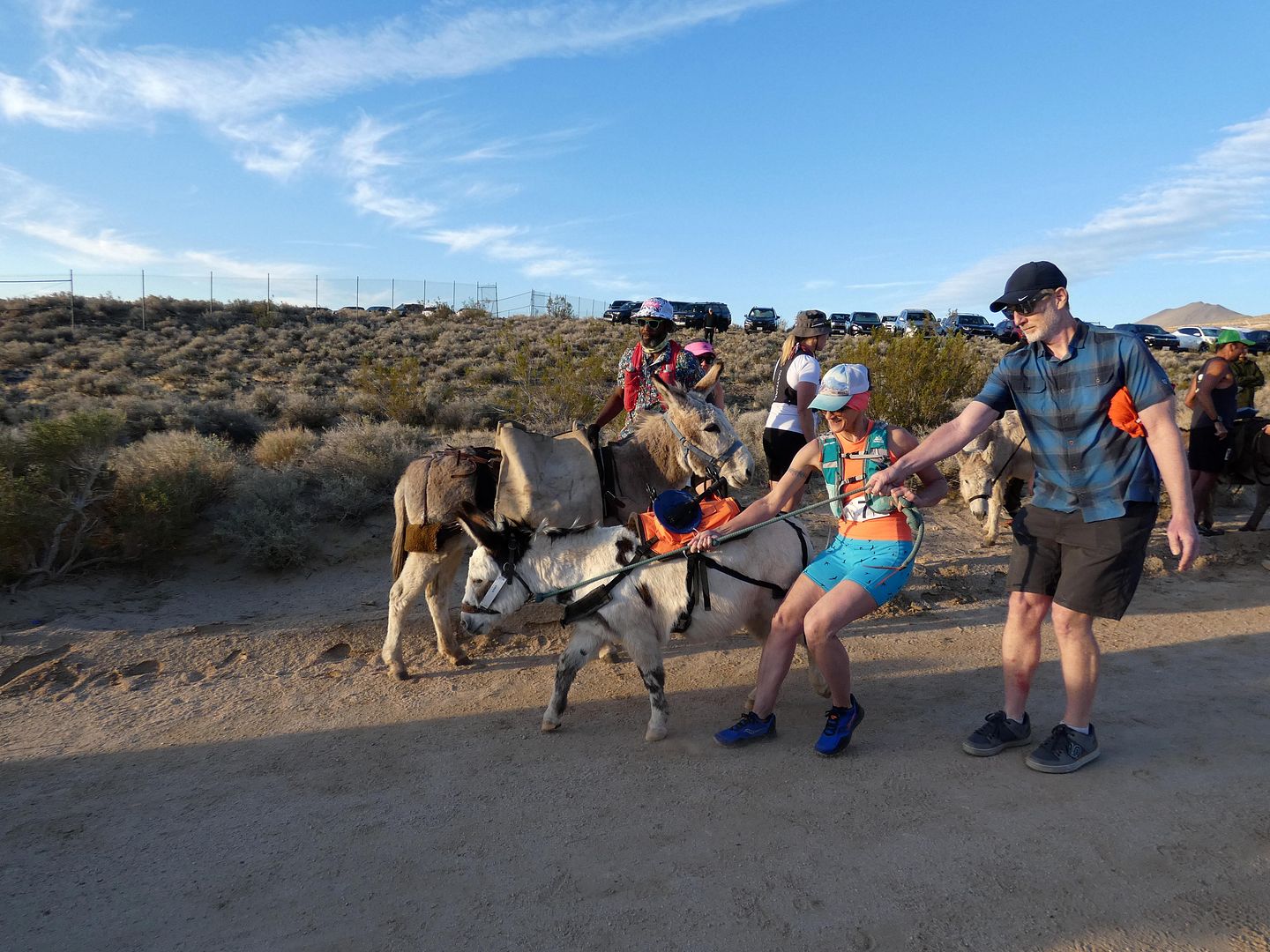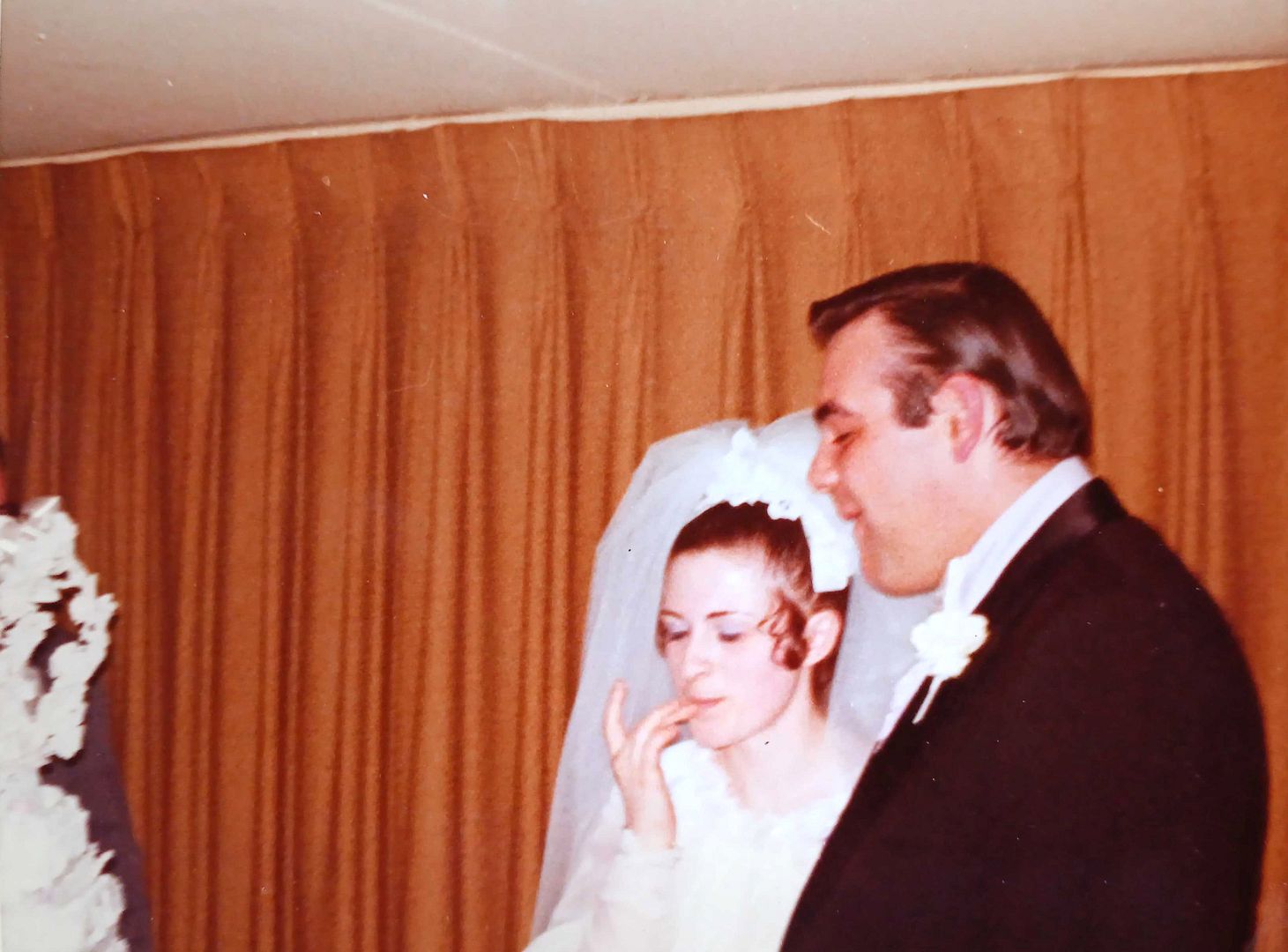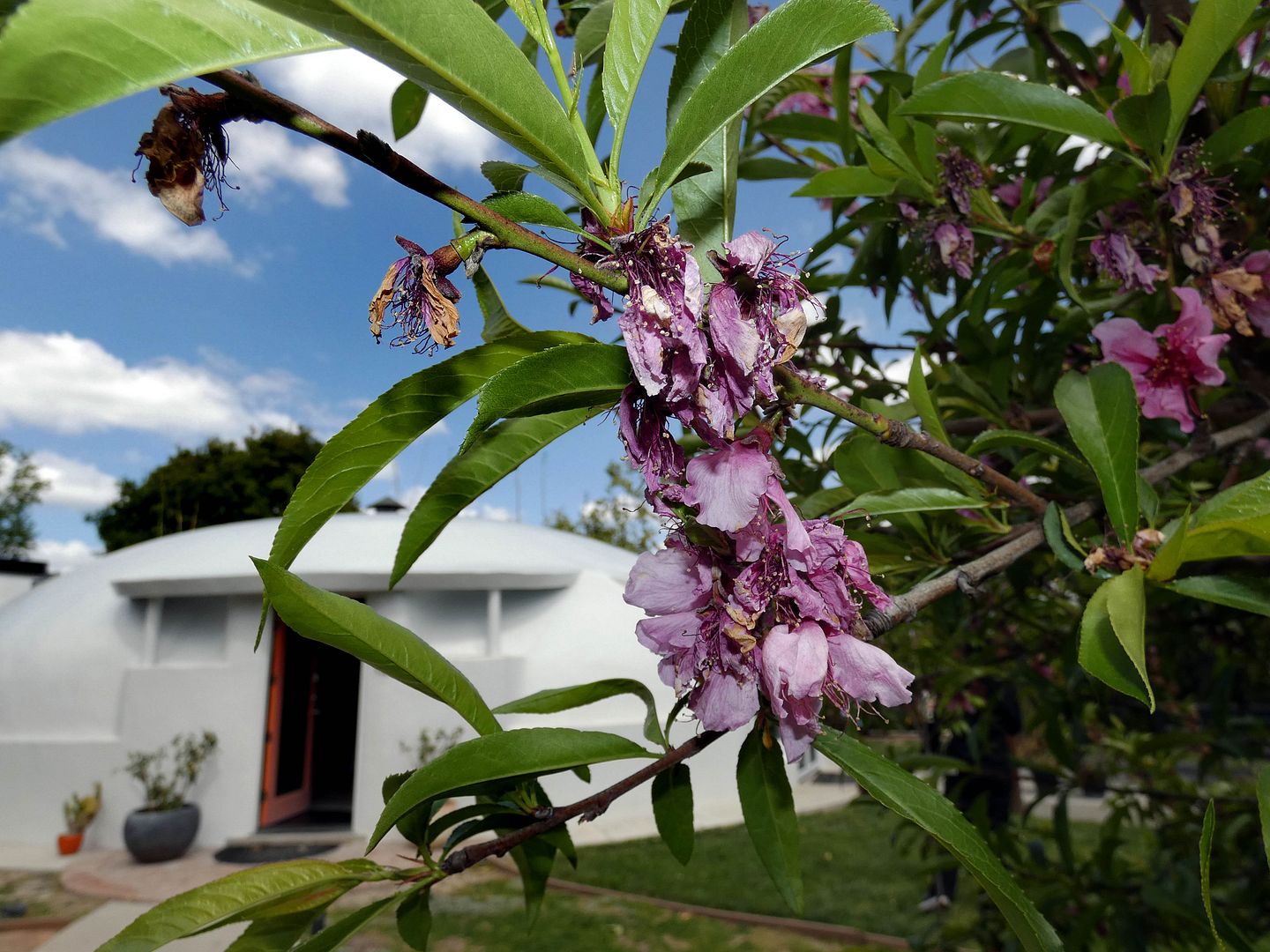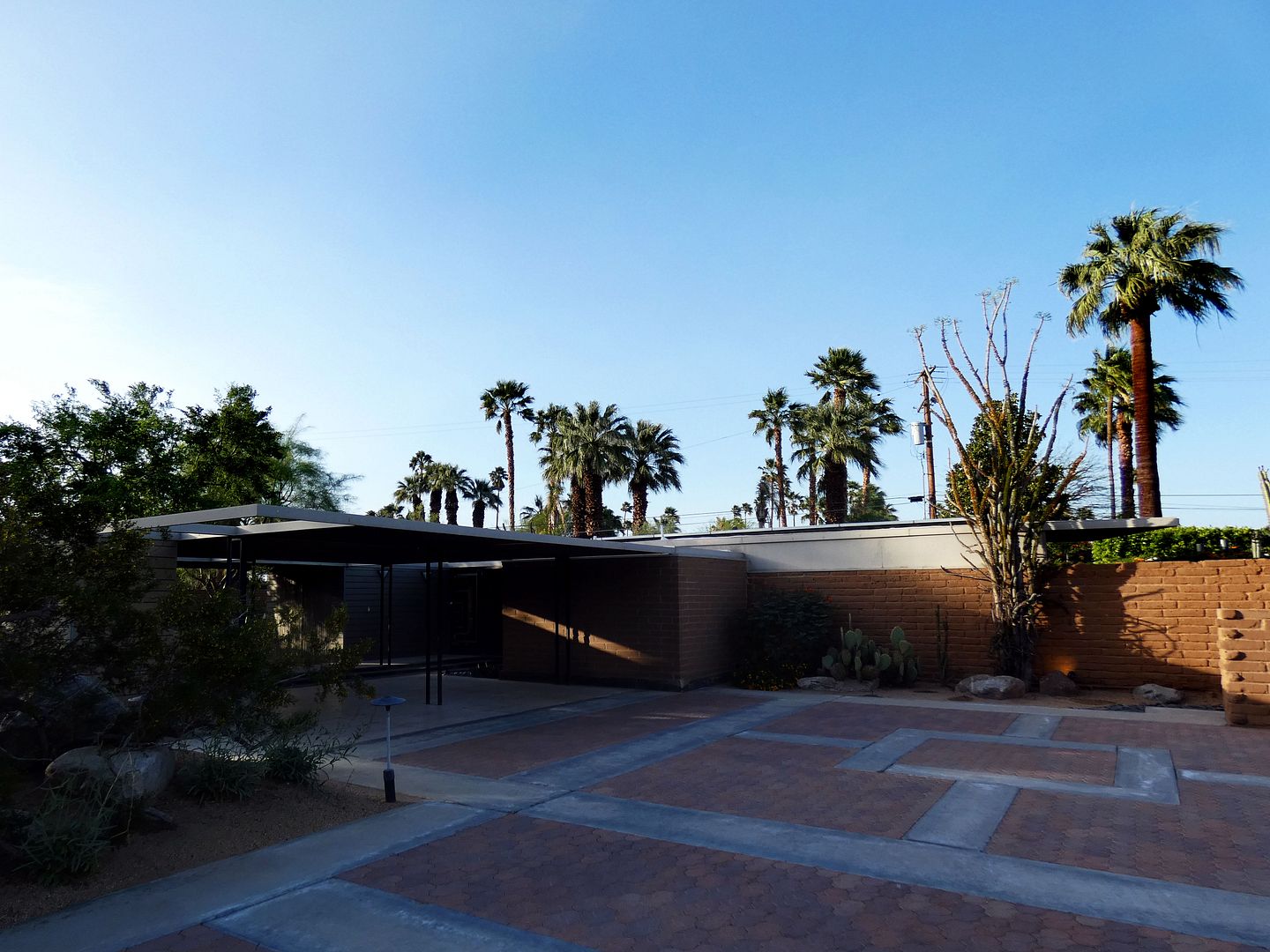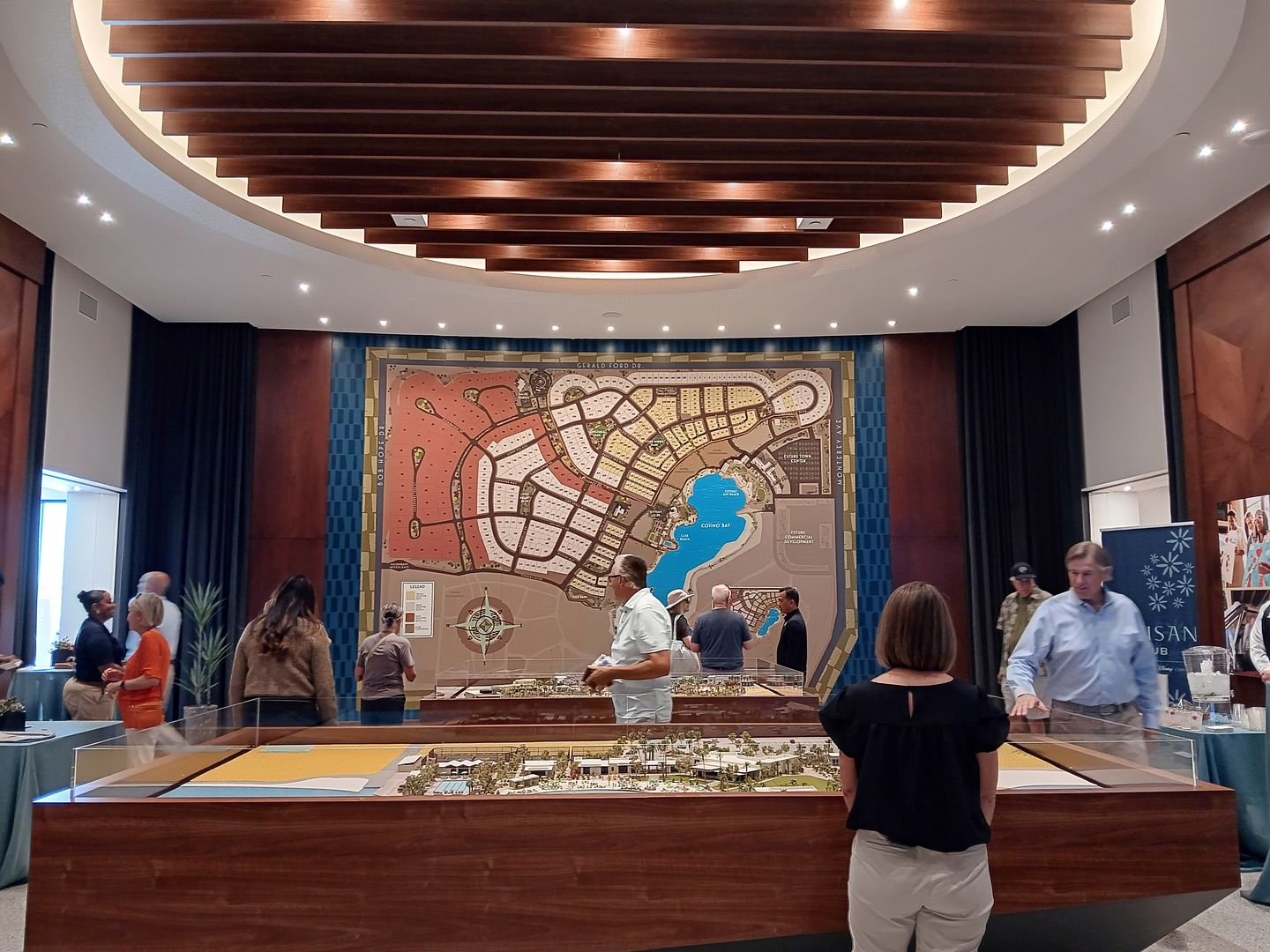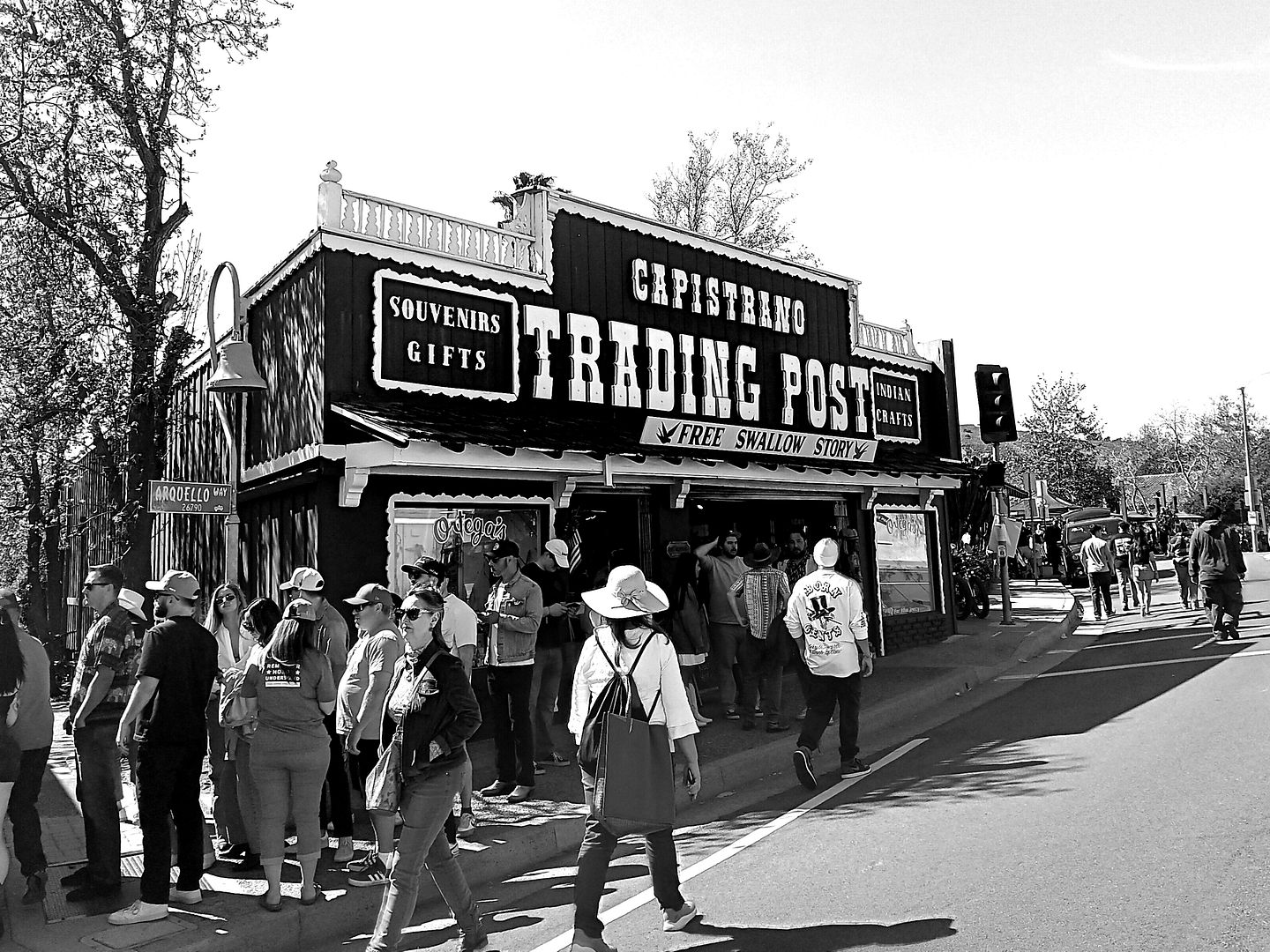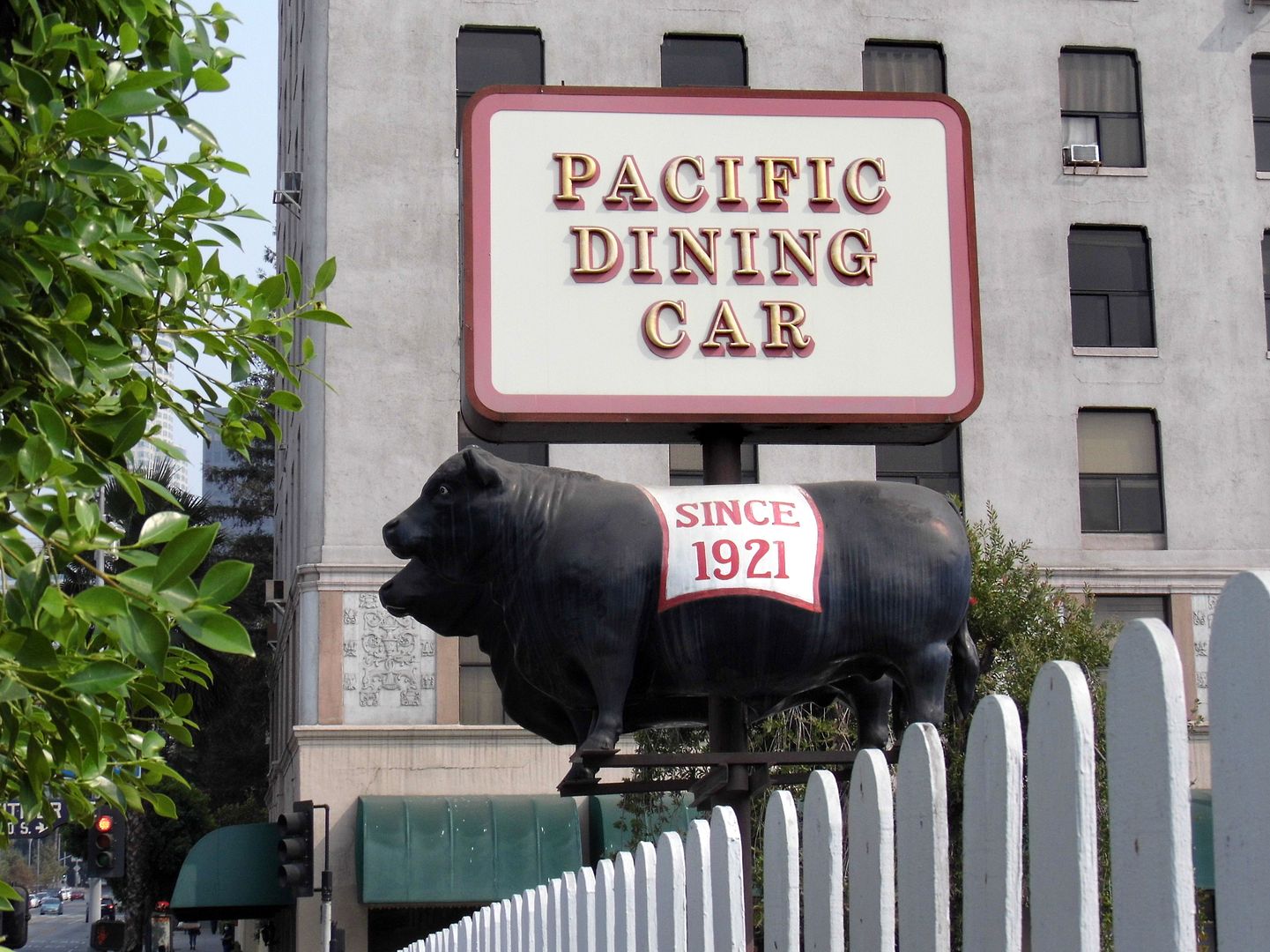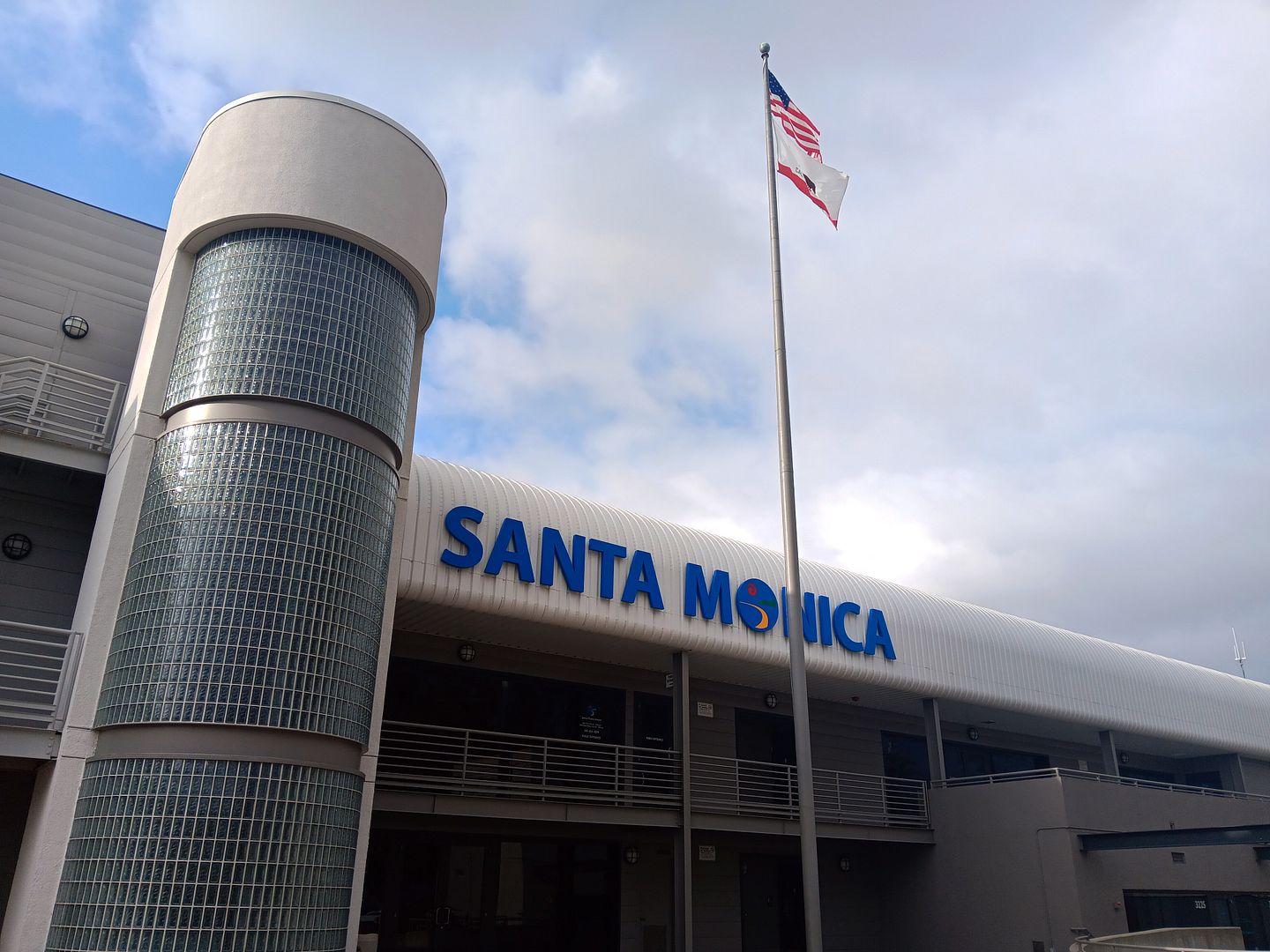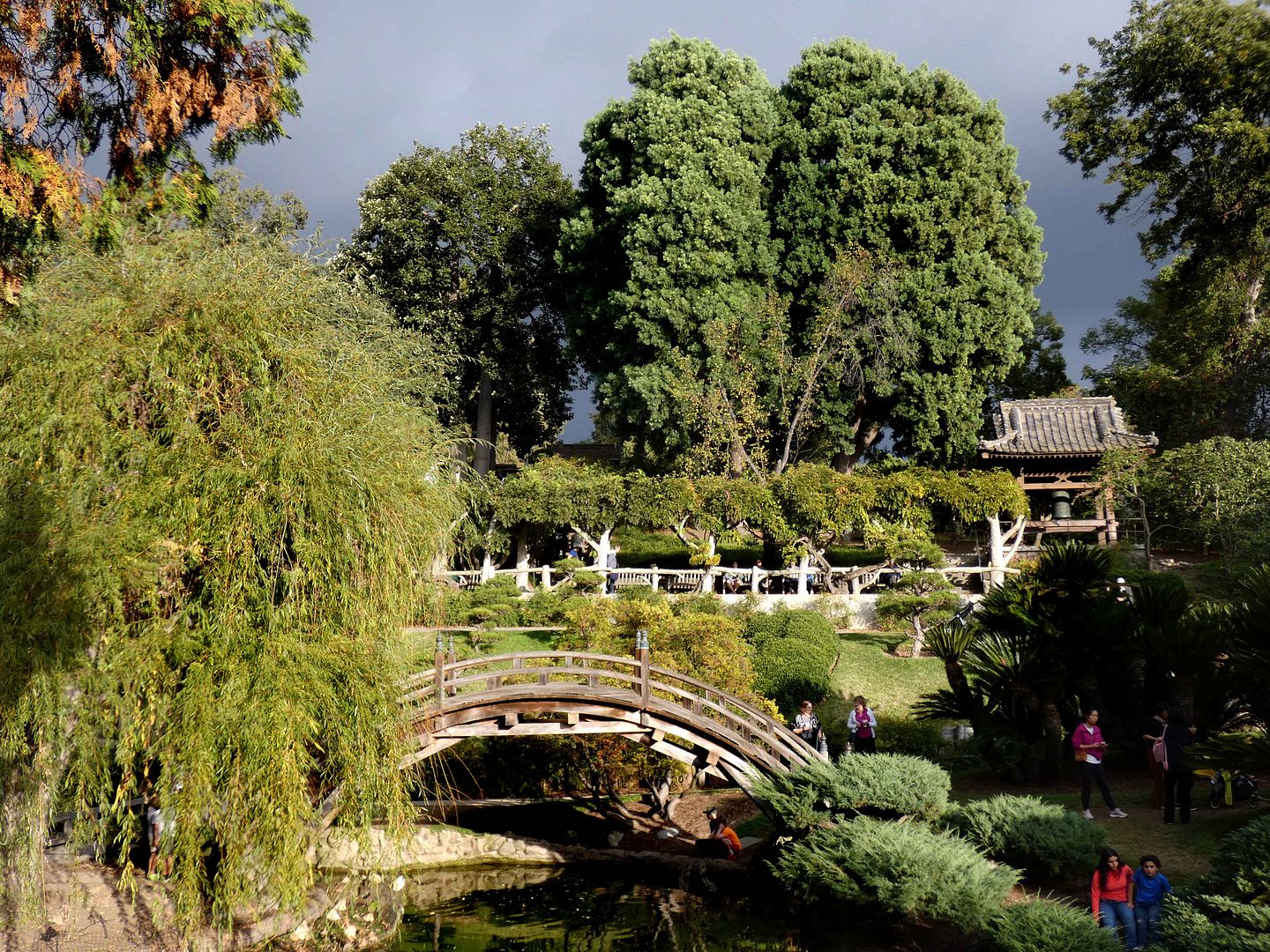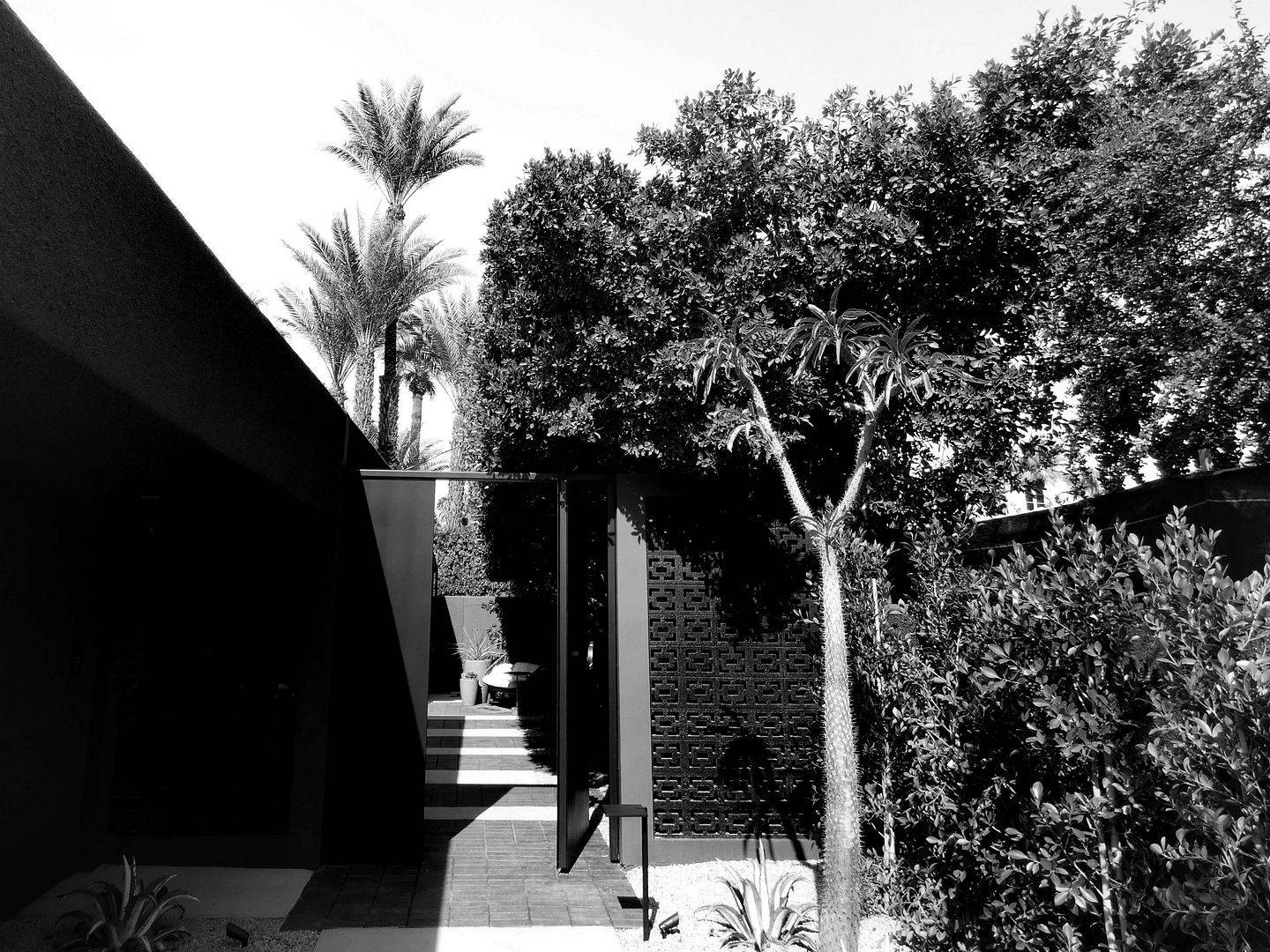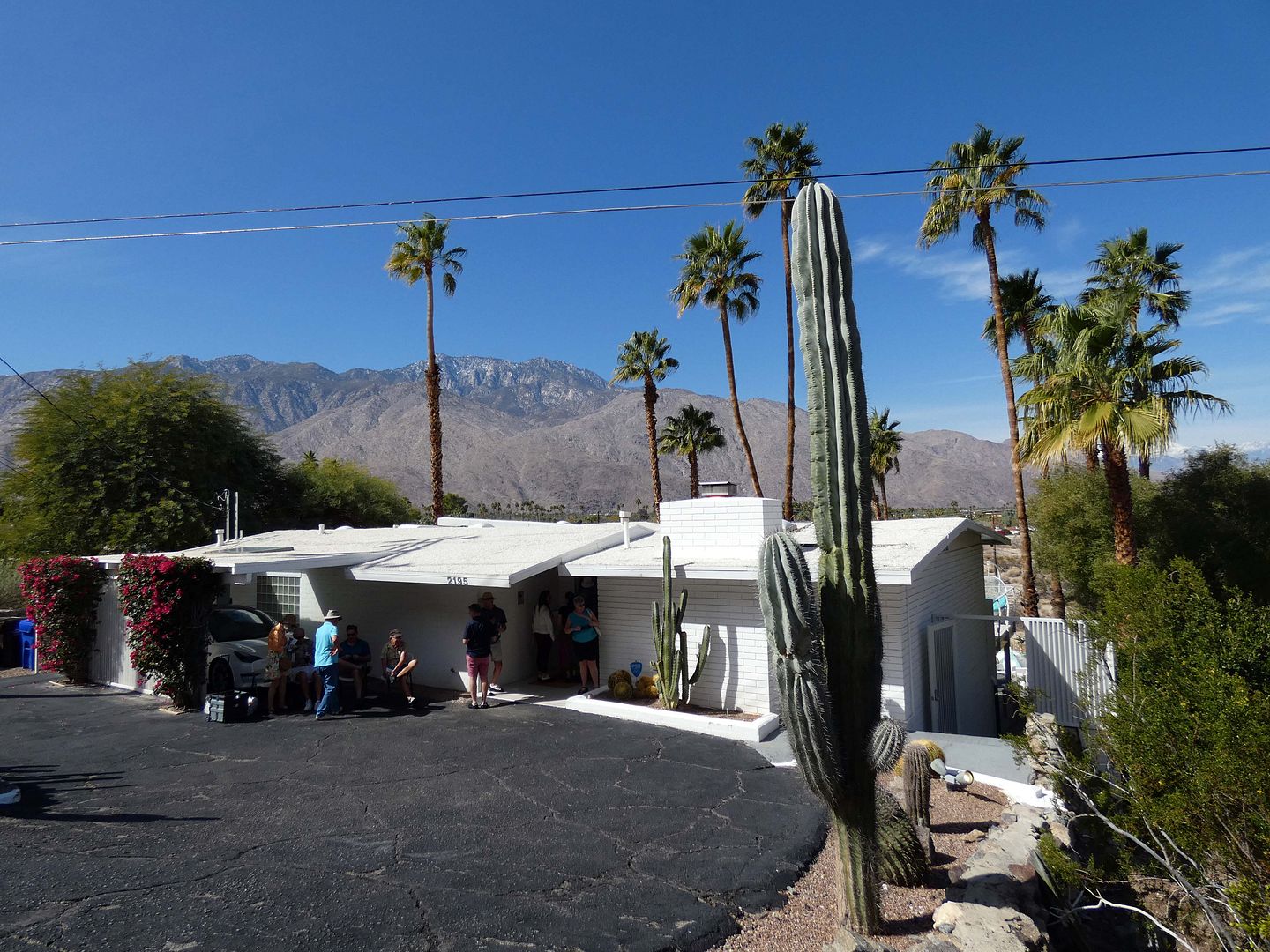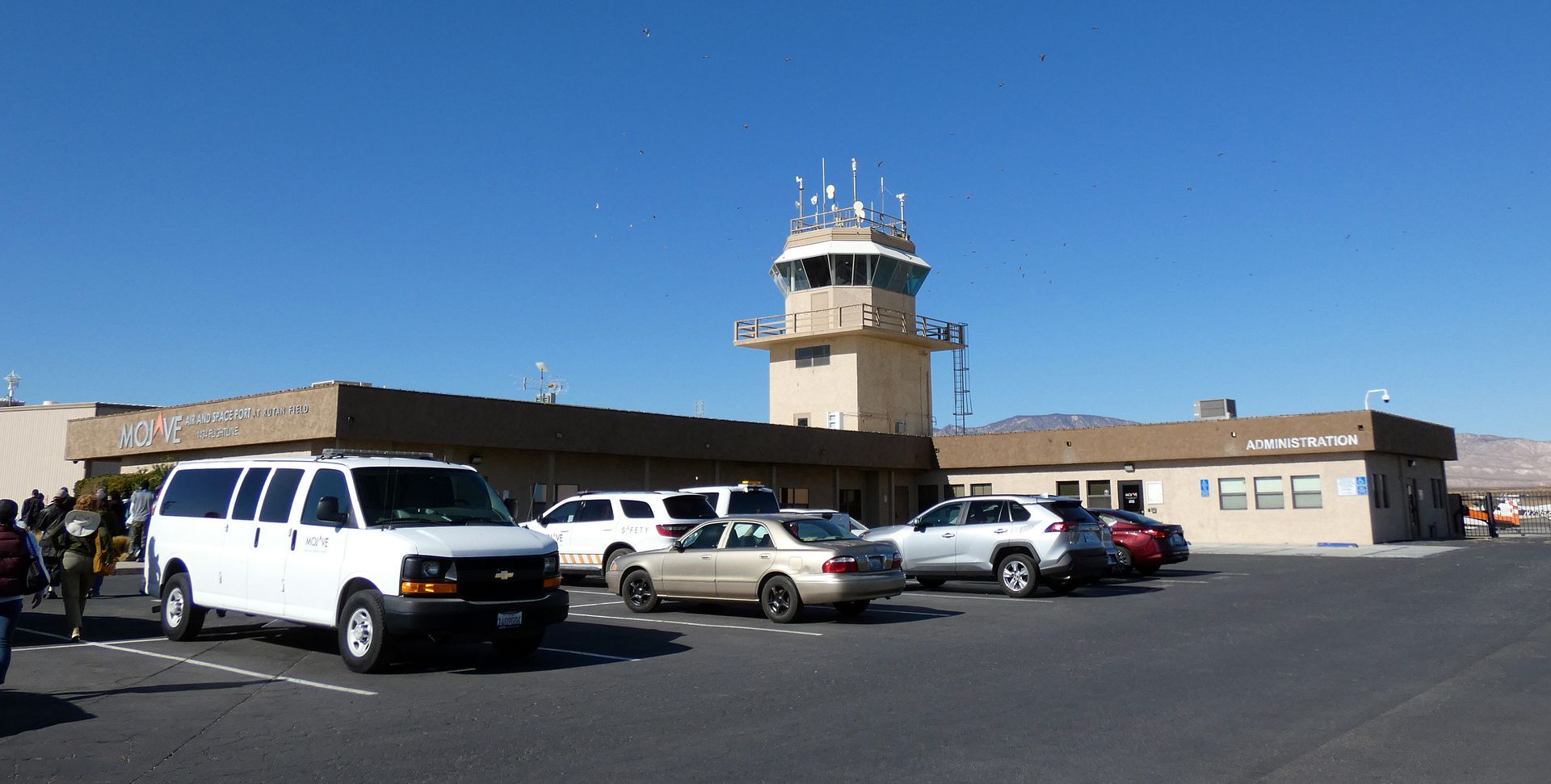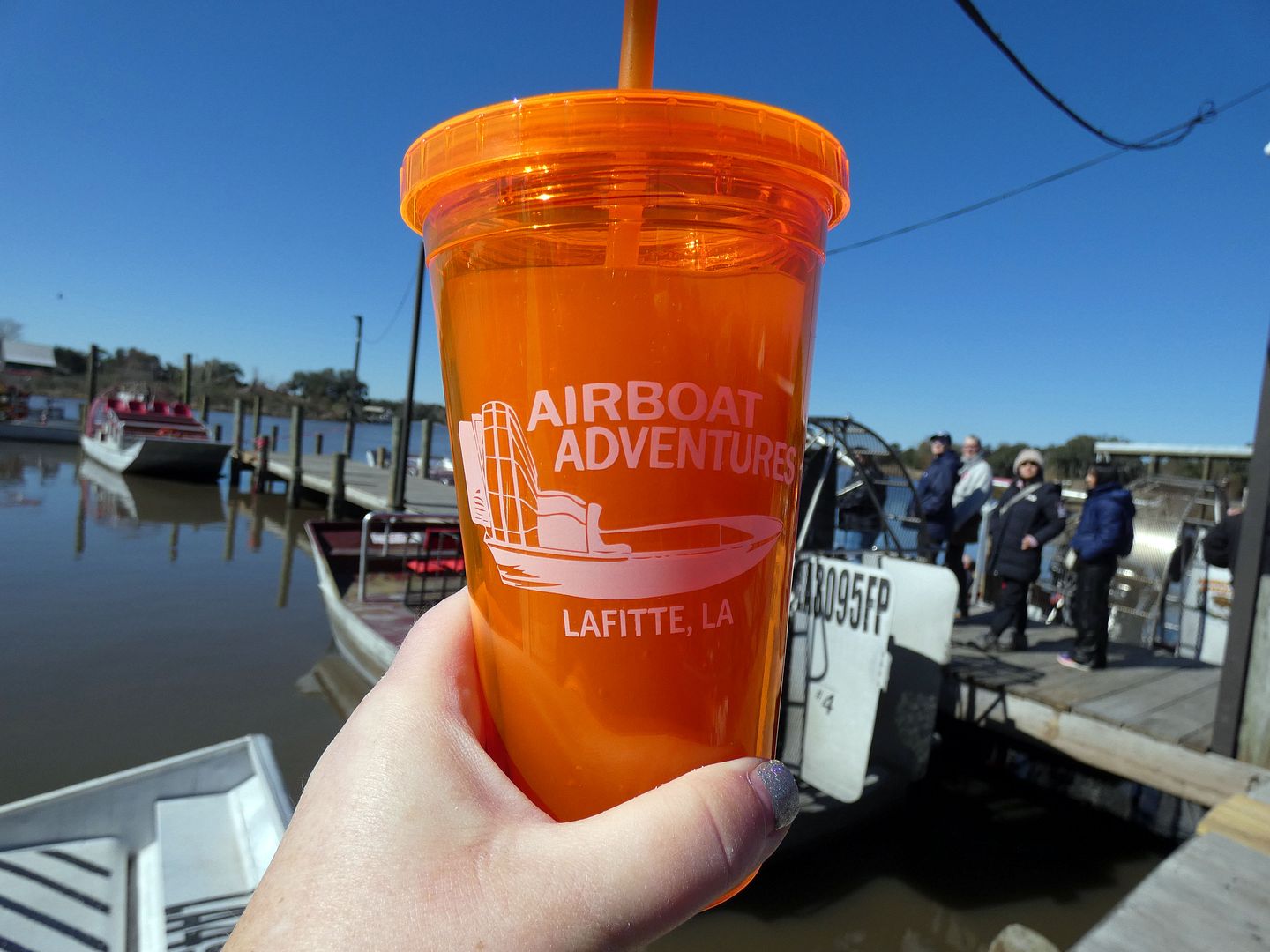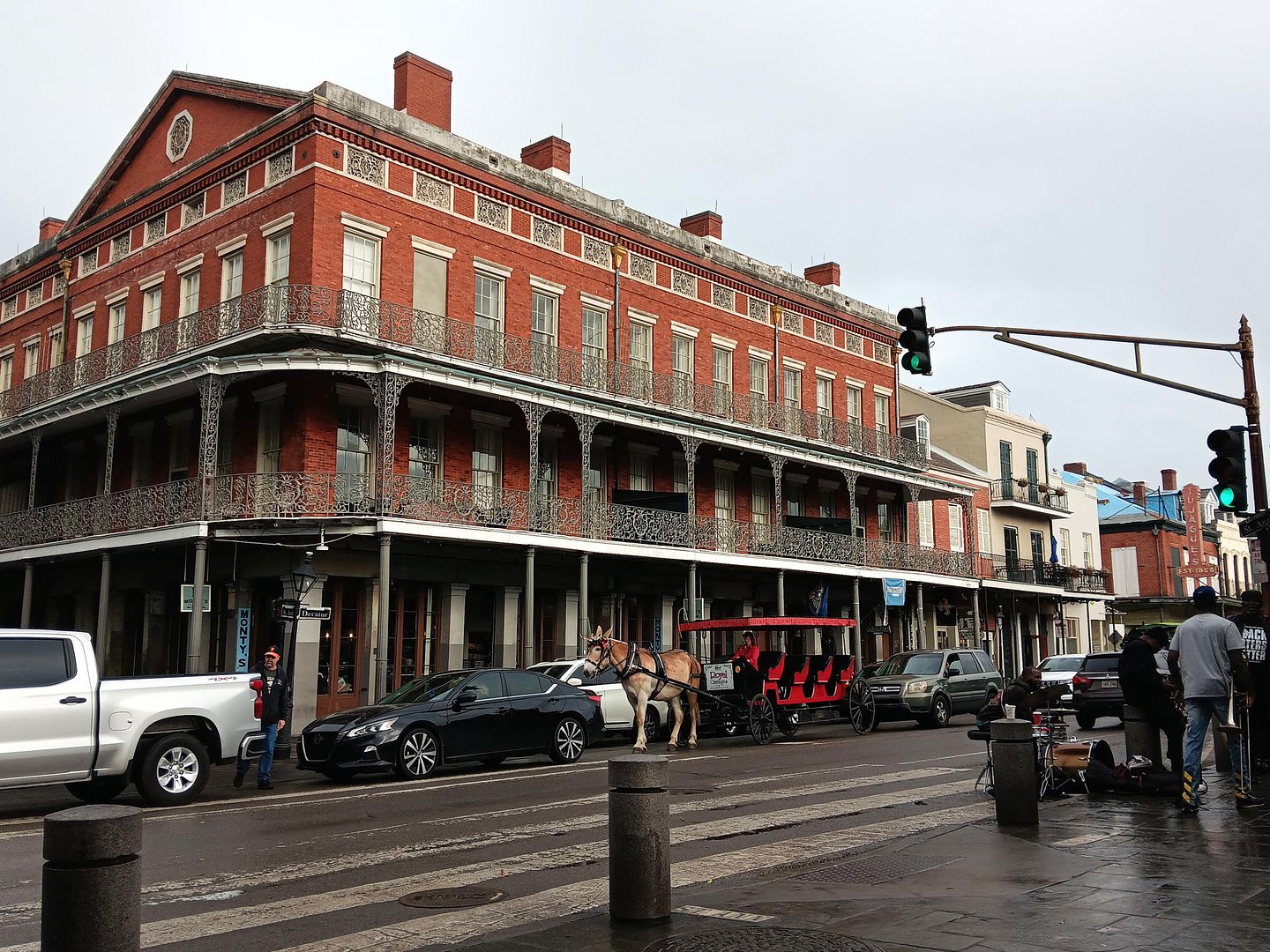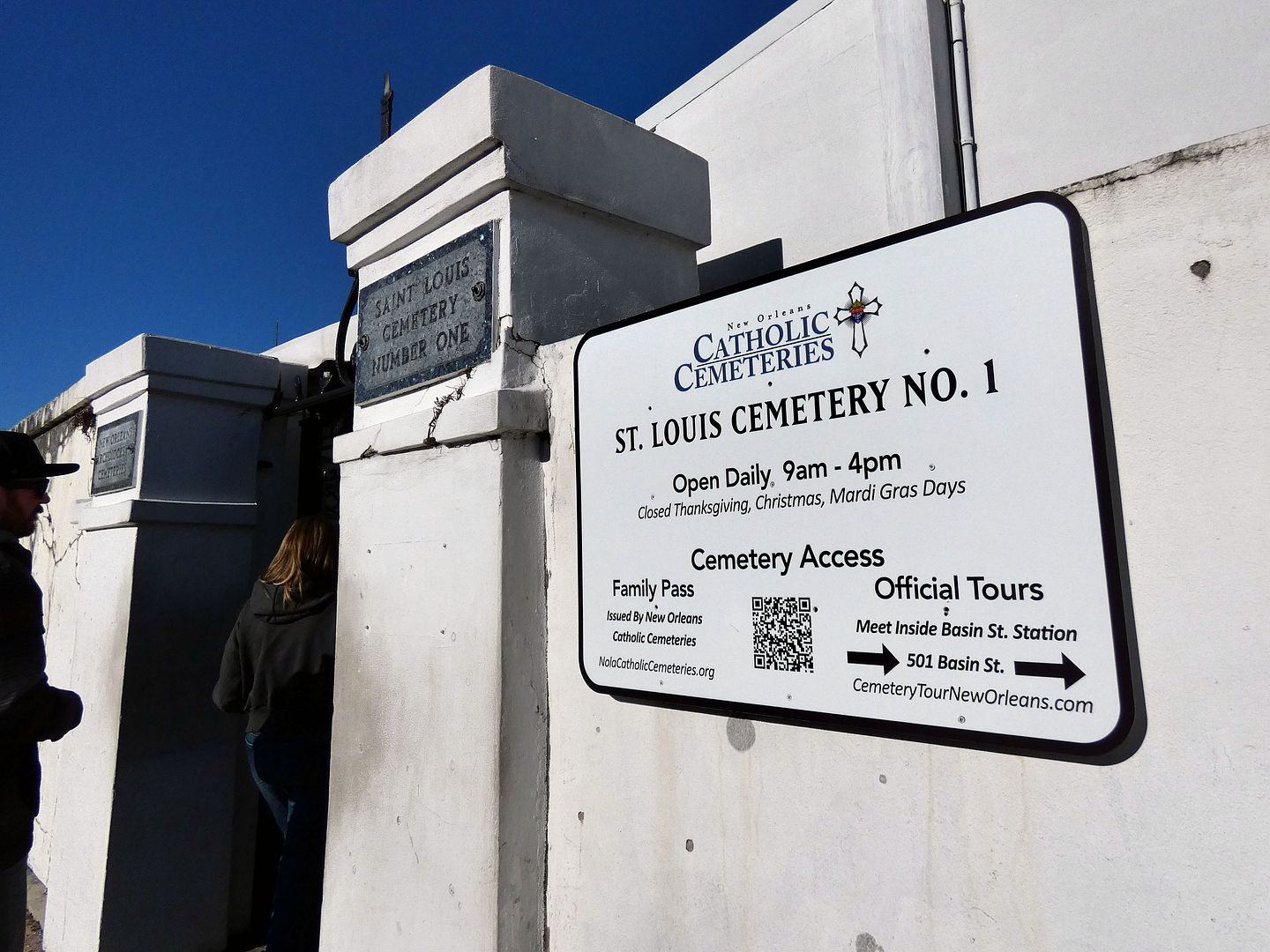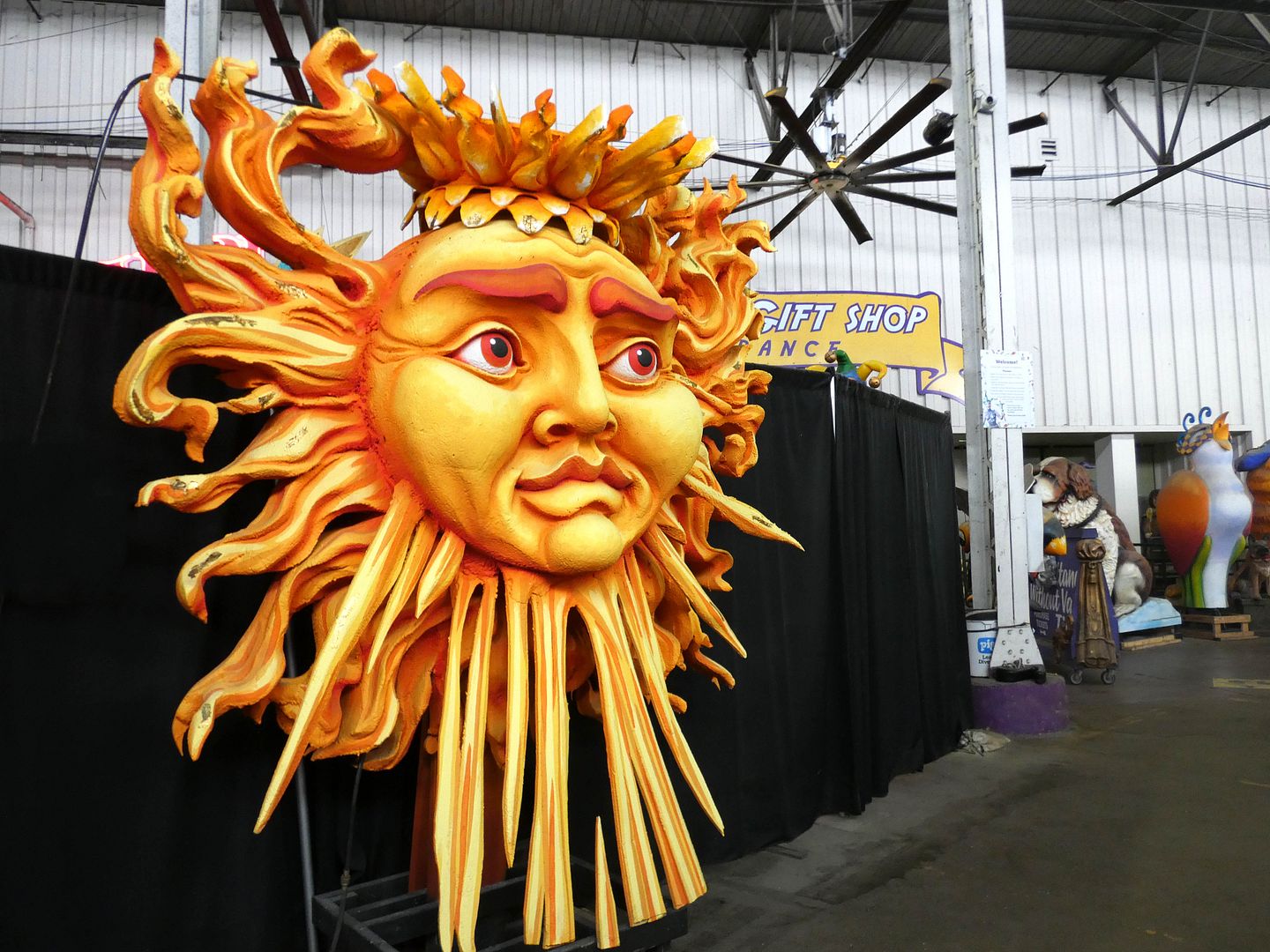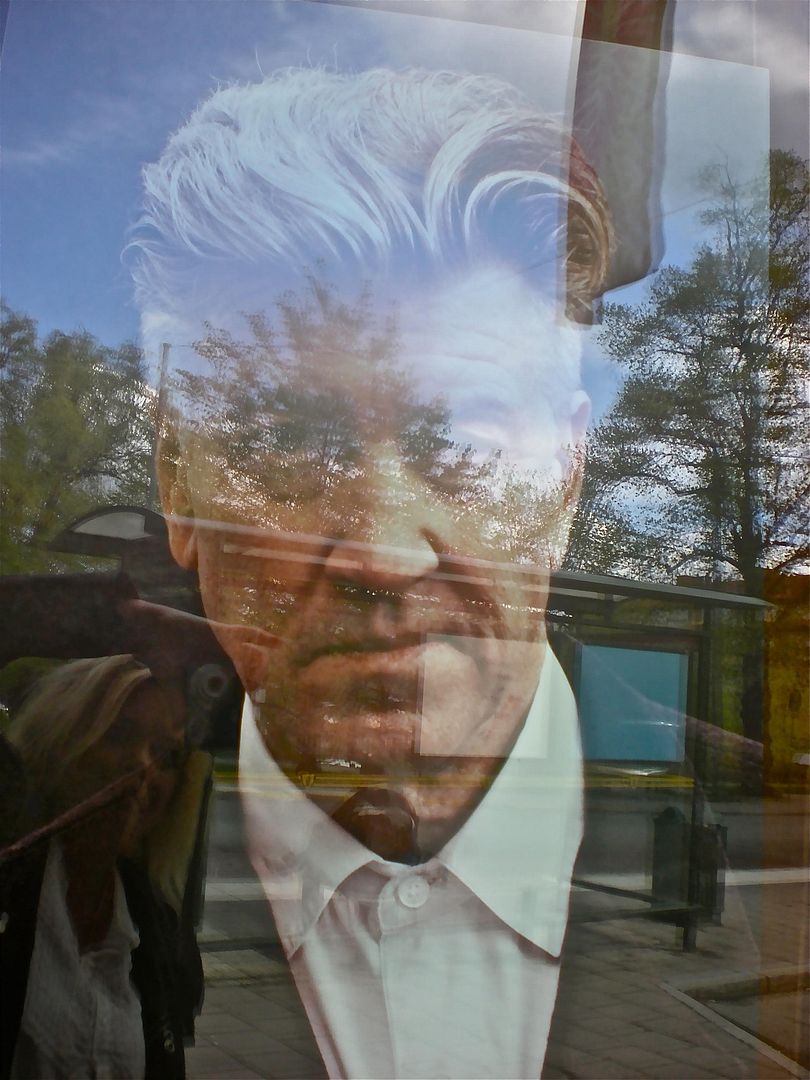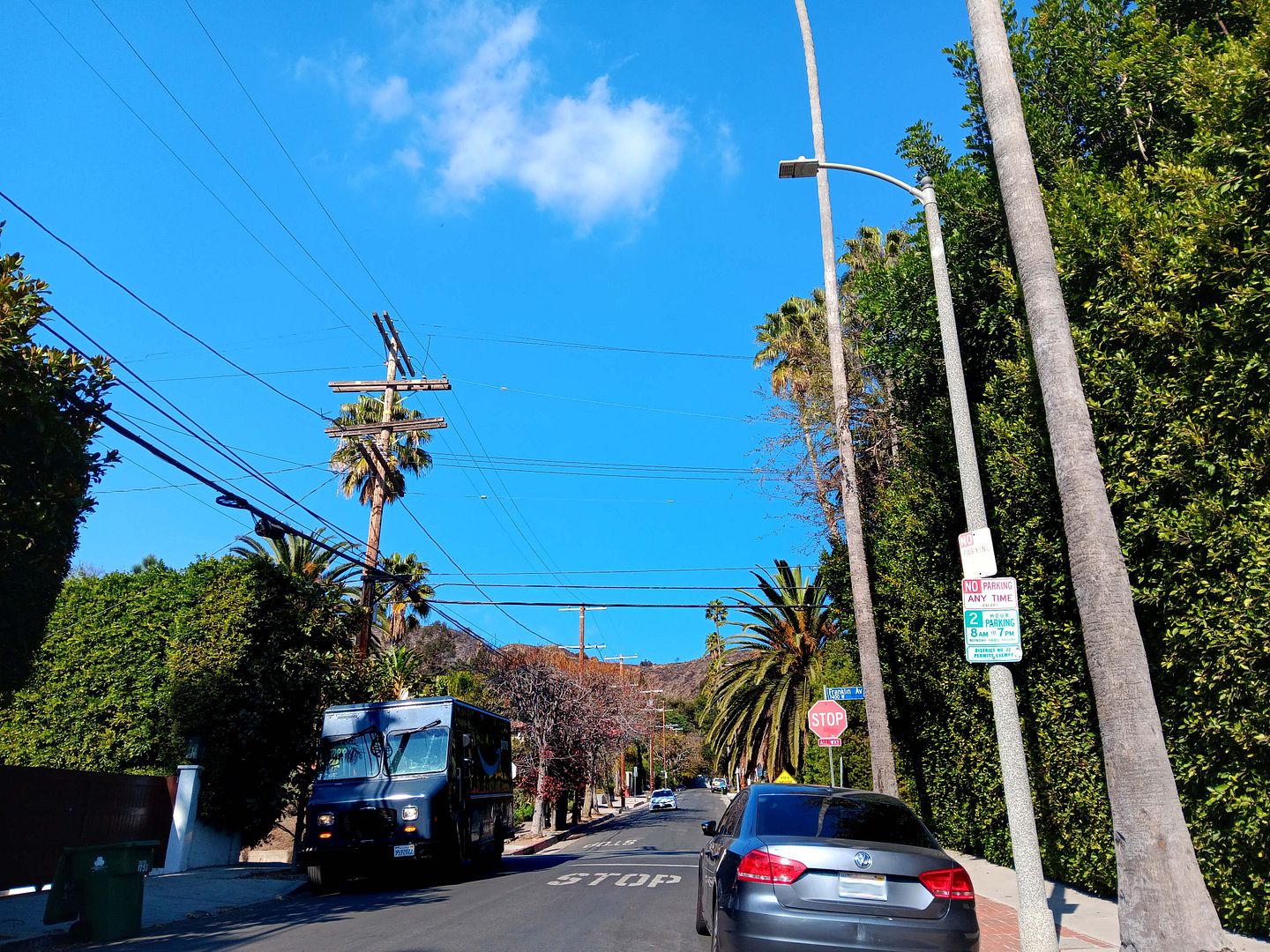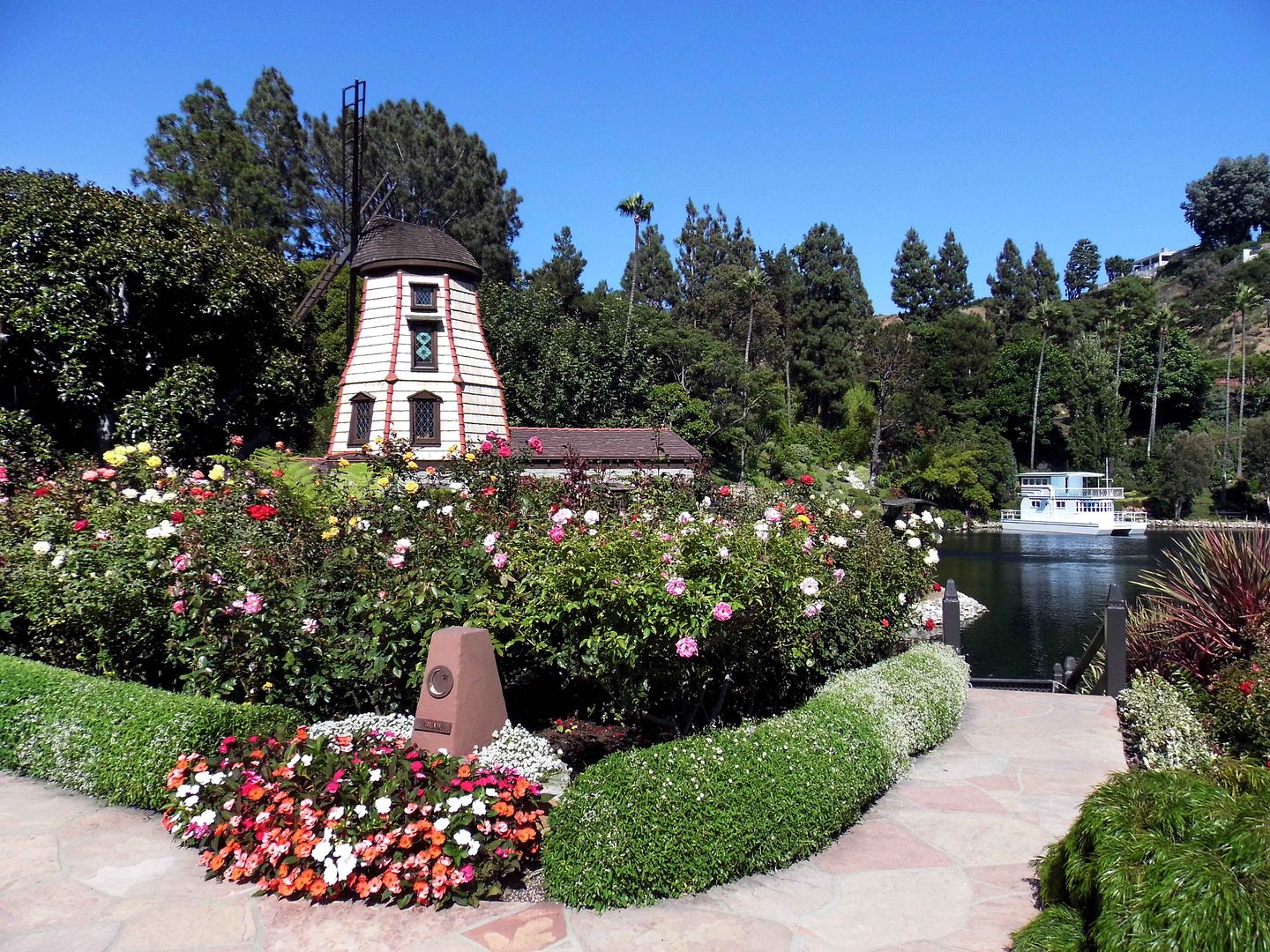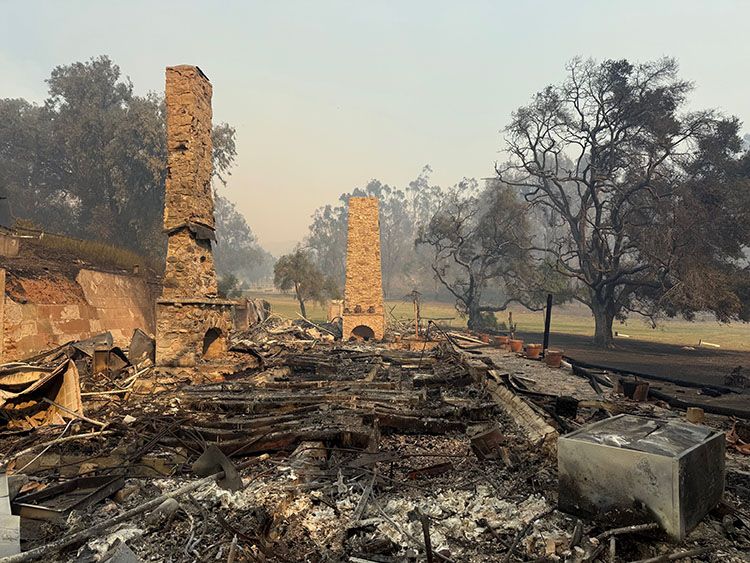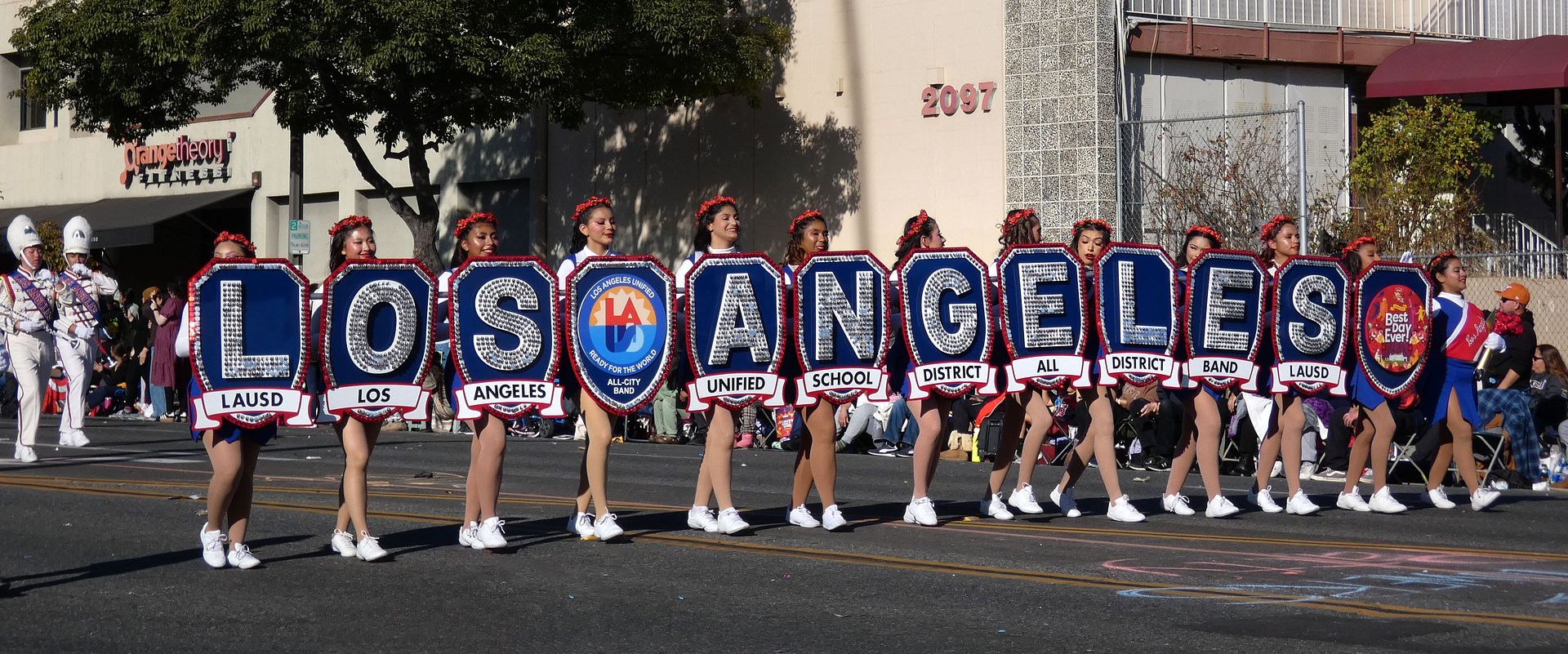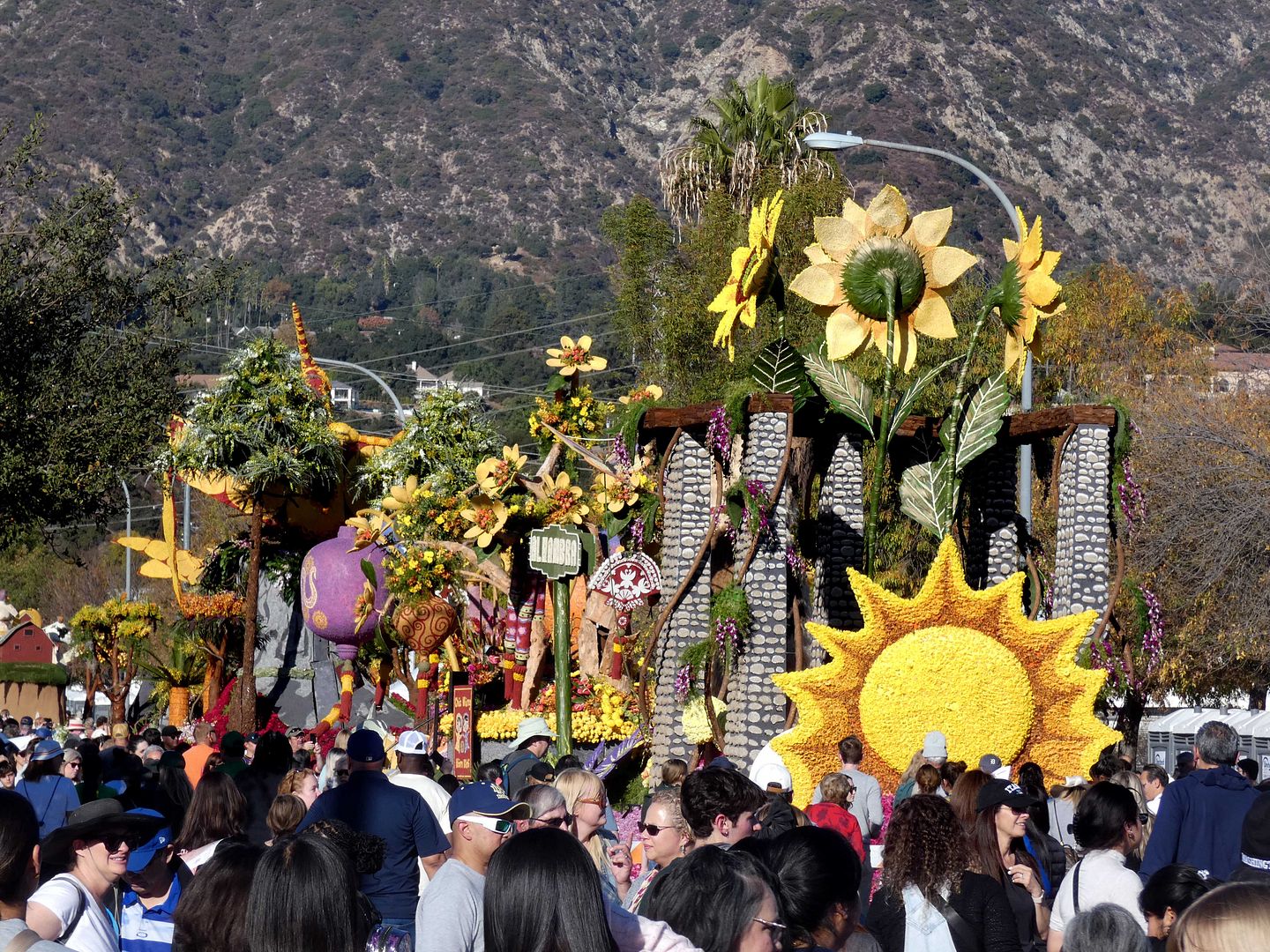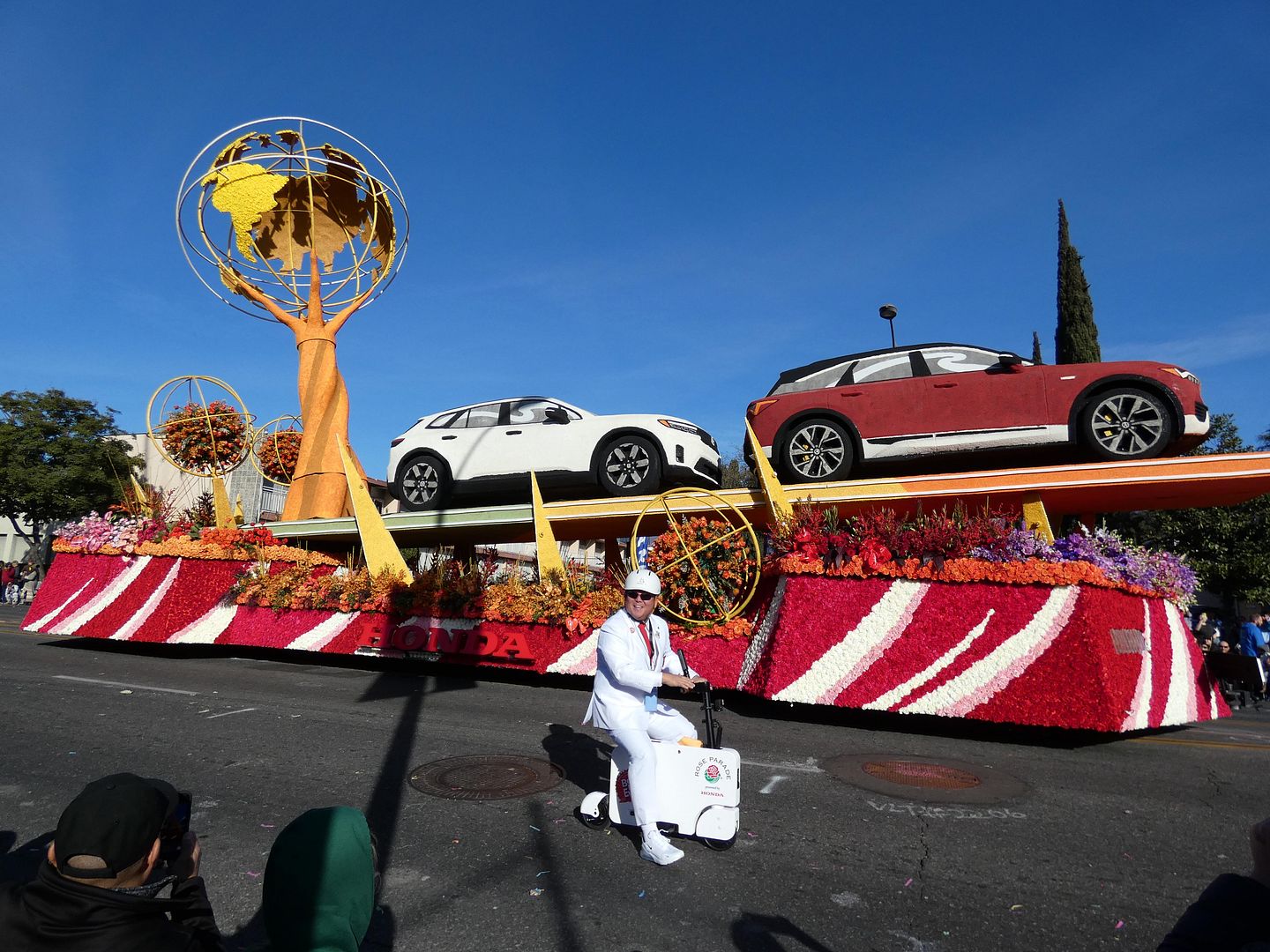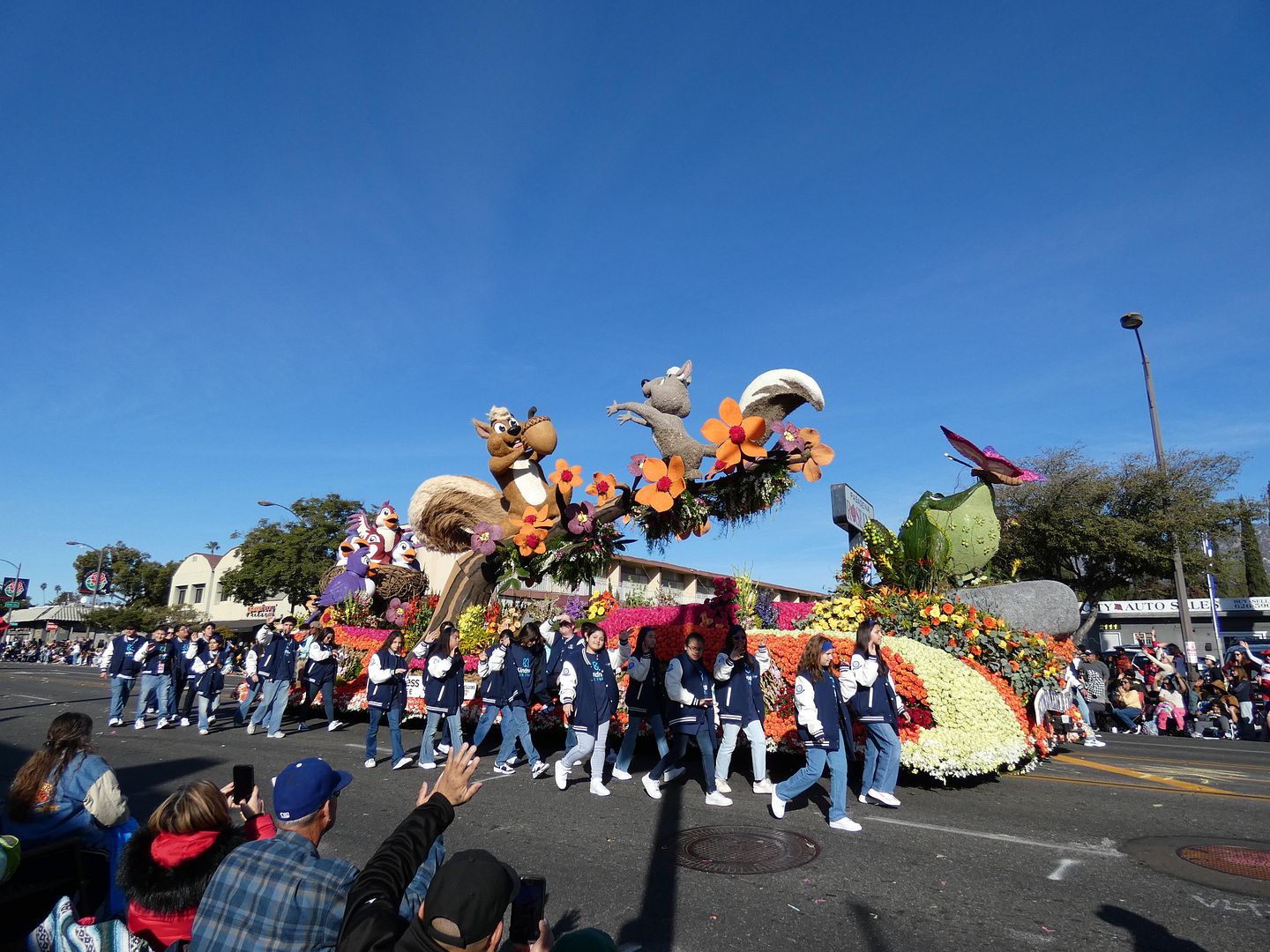It had been hanging over me for too many years—in retrospect, more than I ever thought it would.
I stopped talking to my parents in January 2007 (I think, I don't remember exactly). At least, that's the last time I ever called them. And they just never called me back.
But since then, I'd been wondering whether they'd ever try reaching out, try making amends. I thought that on my mother's deathbed, she might find God—truly find God, not that fake cult crap she put us through—and finally apologize.
I've thought about her death a lot over the years, mostly because I've always known she always wanted to die. She constantly threatened death—either in a passive way, that ol' "Since this may be my last Christmas..." gag, or in an active way, openly fantasizing about drowning herself in the bathtub.
After all, her physical health was pretty terrible—something I was acutely aware of as far back as third grade. And her mental anguish? Way before that, as far back as I can remember.
So I couldn't help but be curious as to when it would happen, how it would happen, how I would feel, what my dad would do.
How would I even find out that she had died? And what would happen if my dad died first?
My parents eating cake at their wedding reception, May 4, 1973*
Well, many of those questions have now been answered. My mother died on March 3, 2025. I found out on March 11, when my cousin called me after the funeral service.
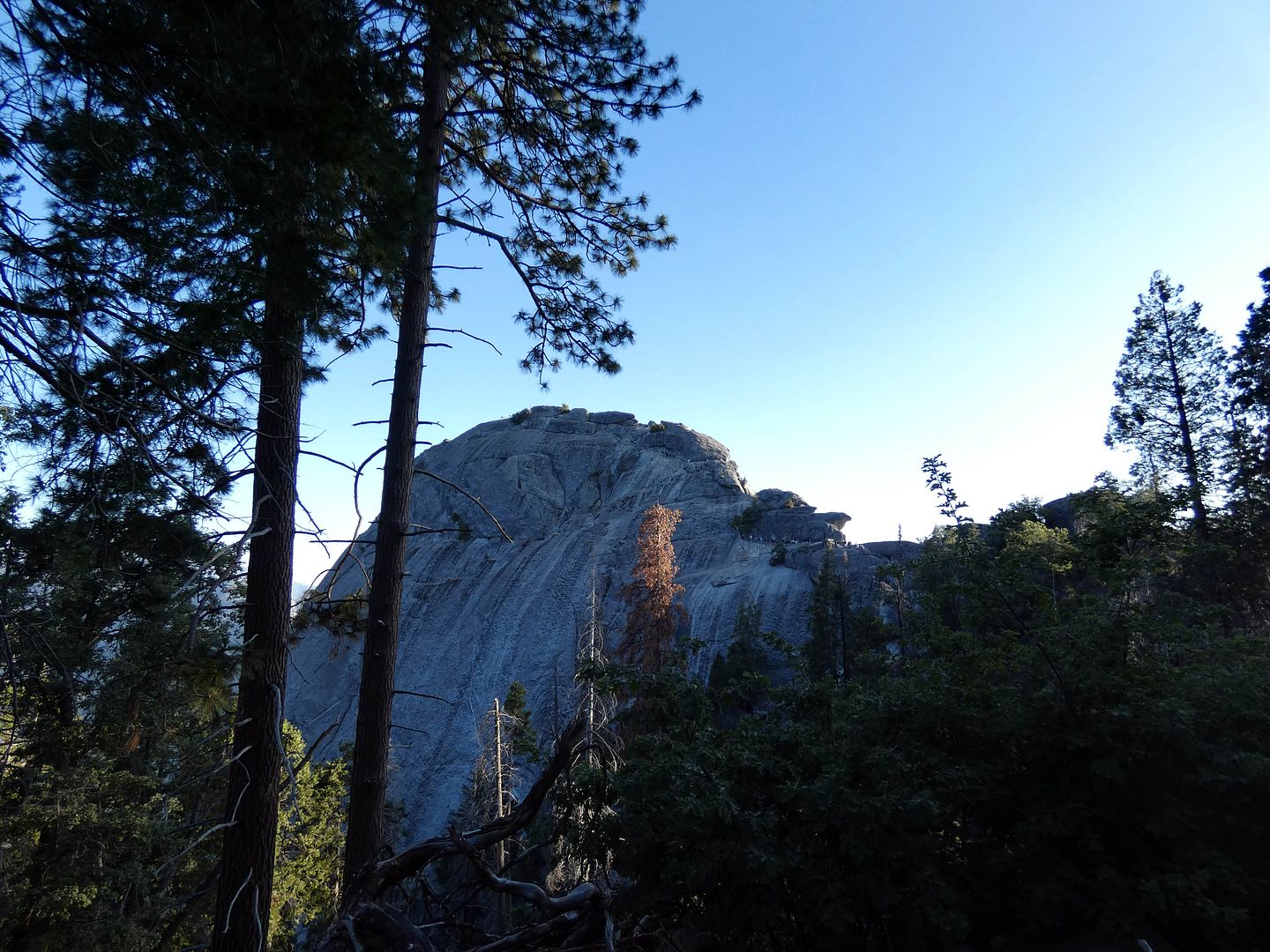

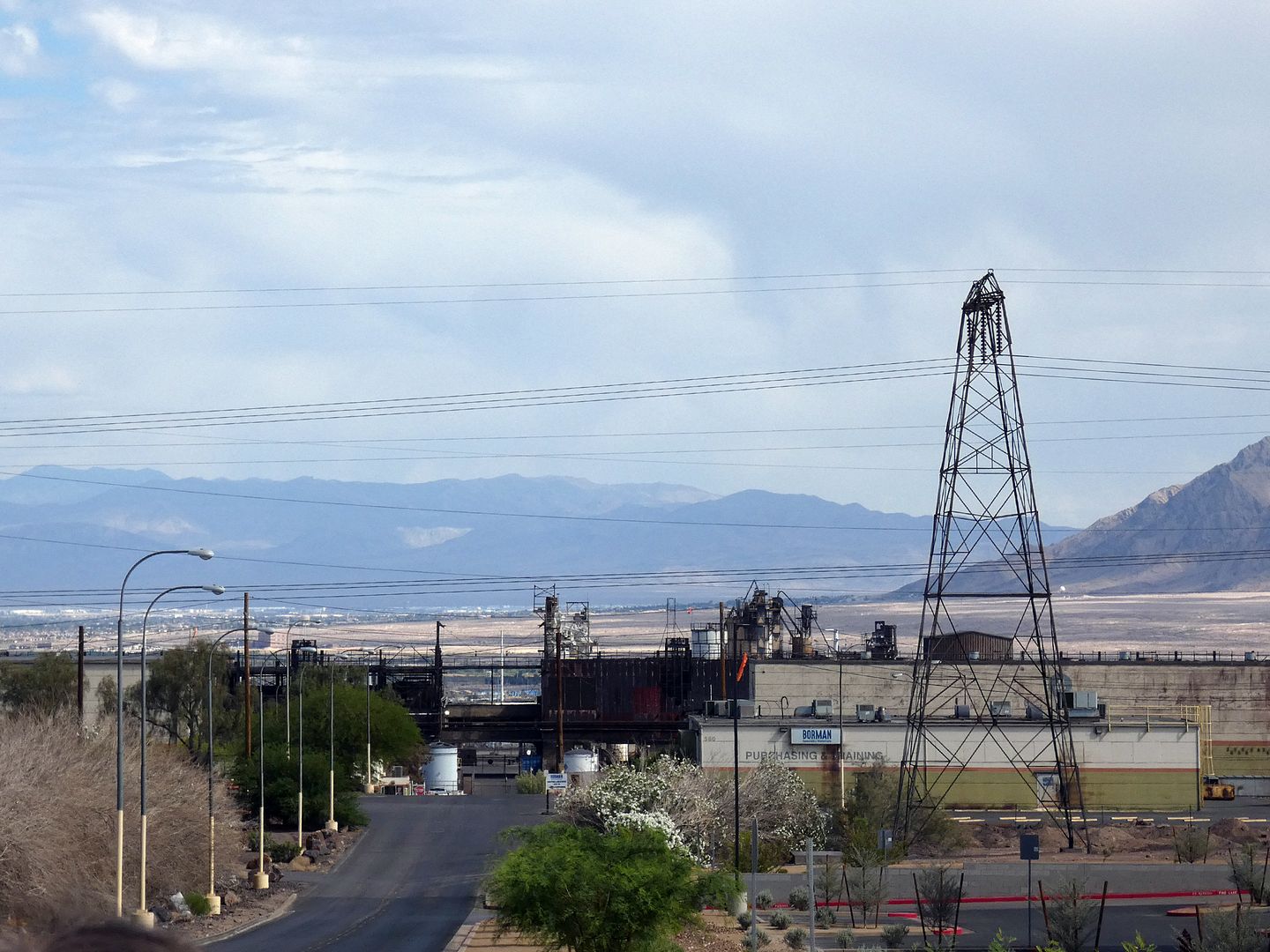
 The club was lucky enough to have a few published authors among its ranks—including me, but also those who'd actually written books before. But in the end, those writers had other things going on in their lives and careers. And I was the last man standing, as it were.
The club was lucky enough to have a few published authors among its ranks—including me, but also those who'd actually written books before. But in the end, those writers had other things going on in their lives and careers. And I was the last man standing, as it were.